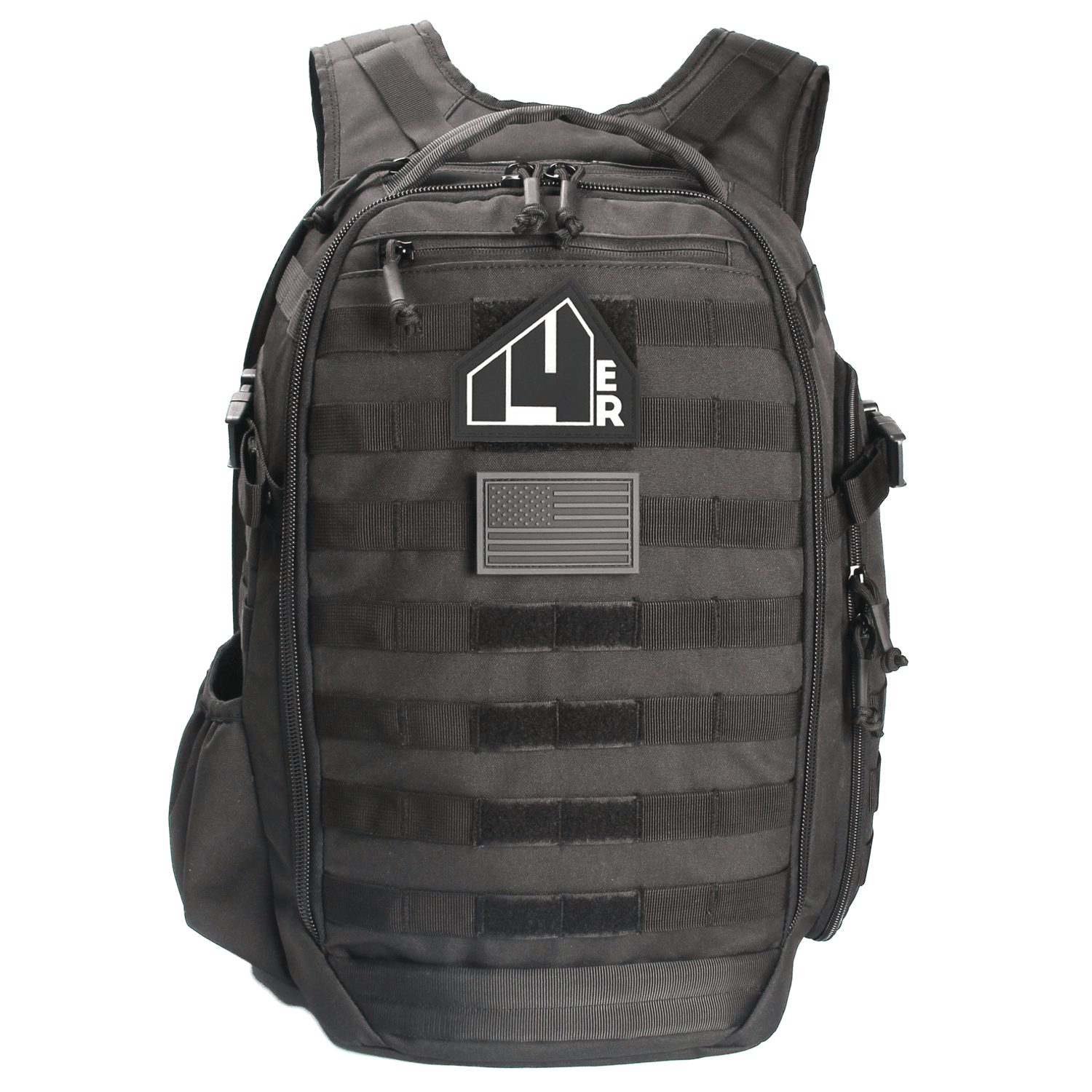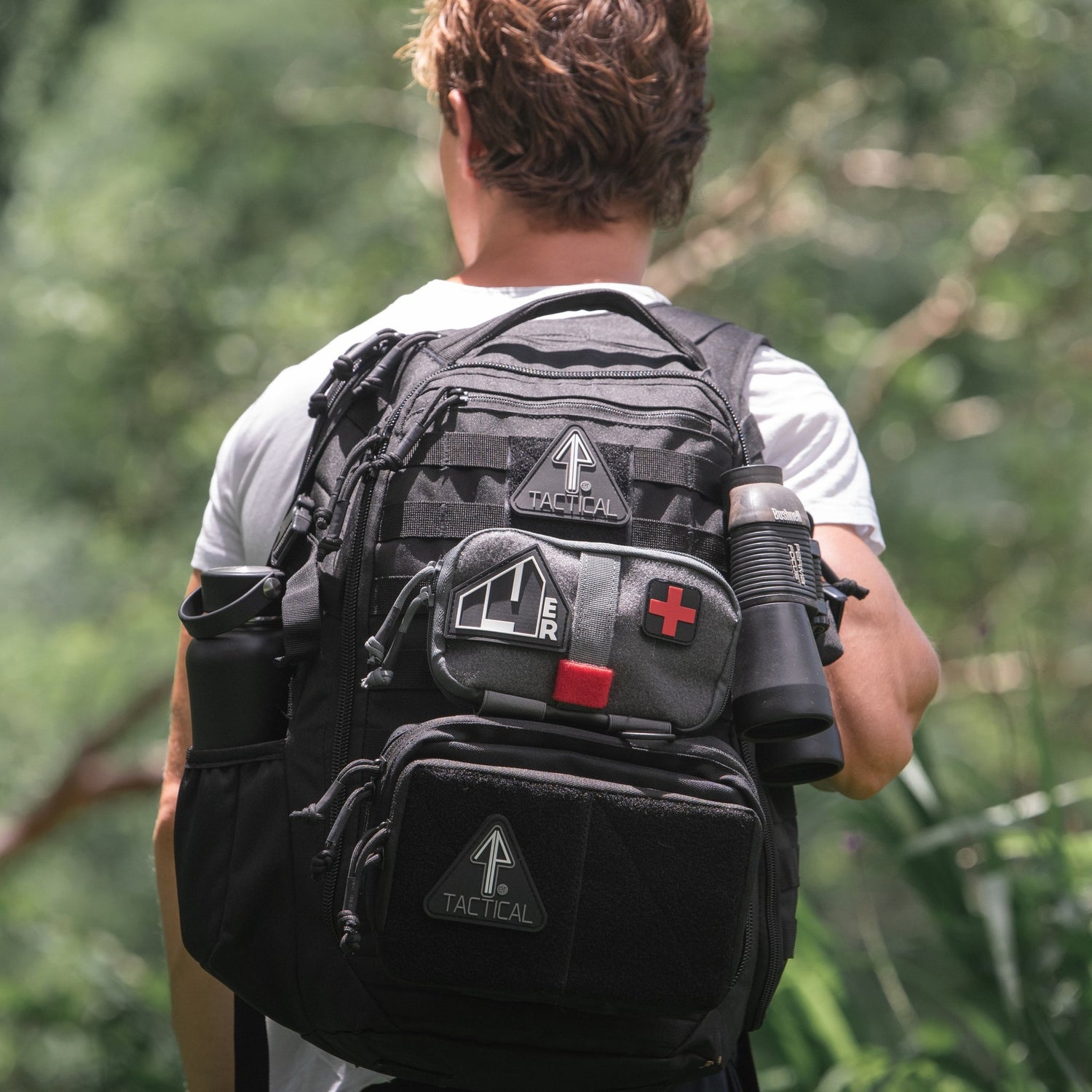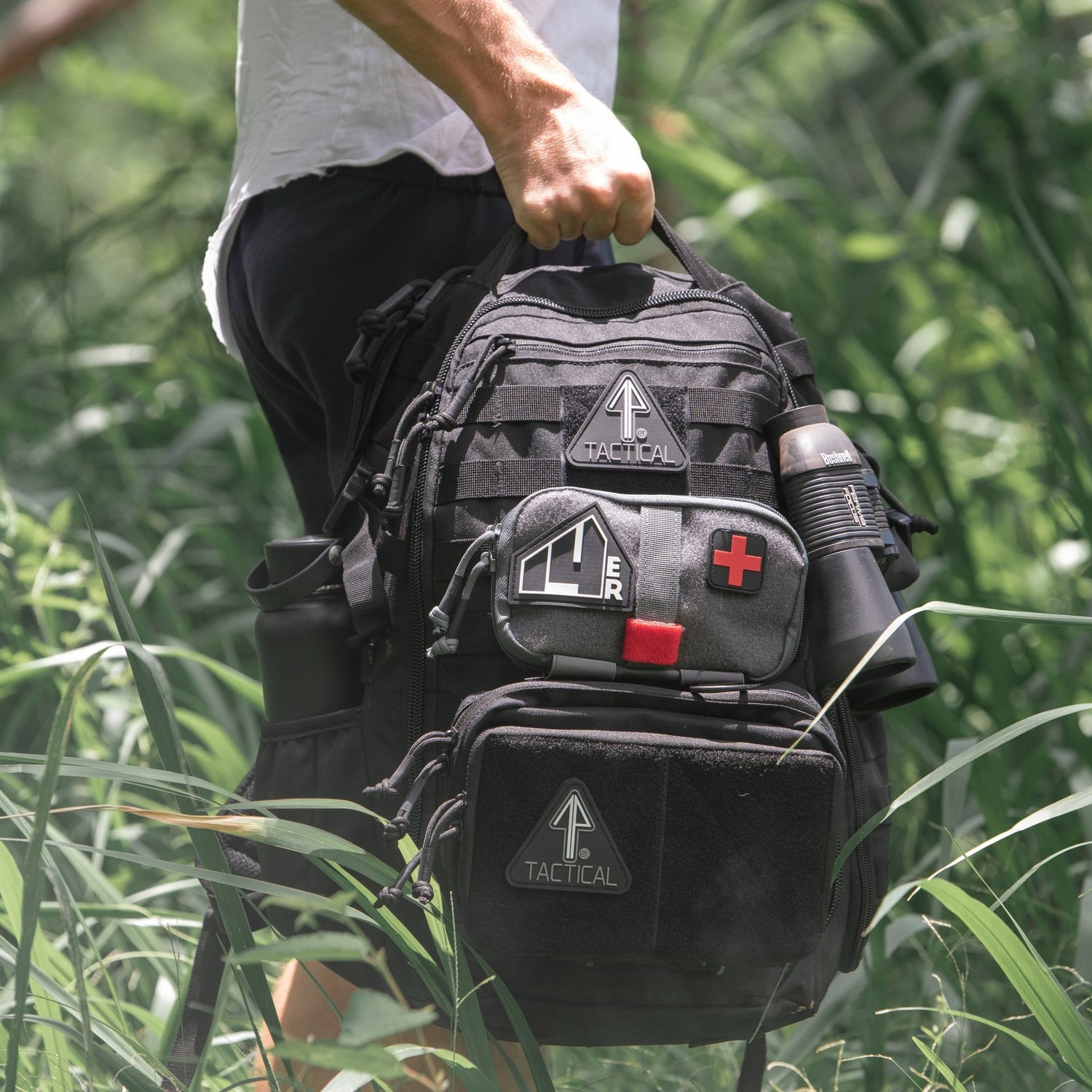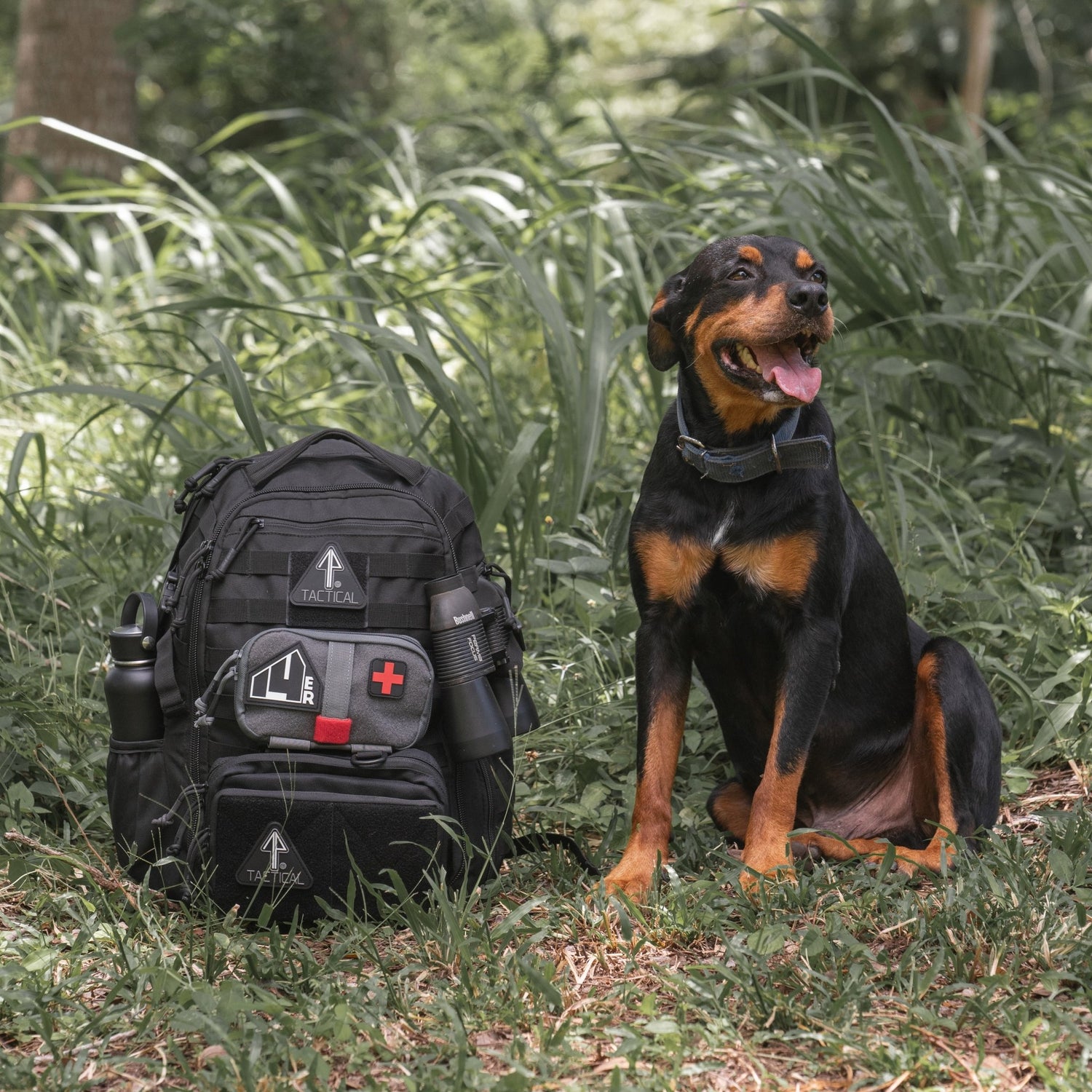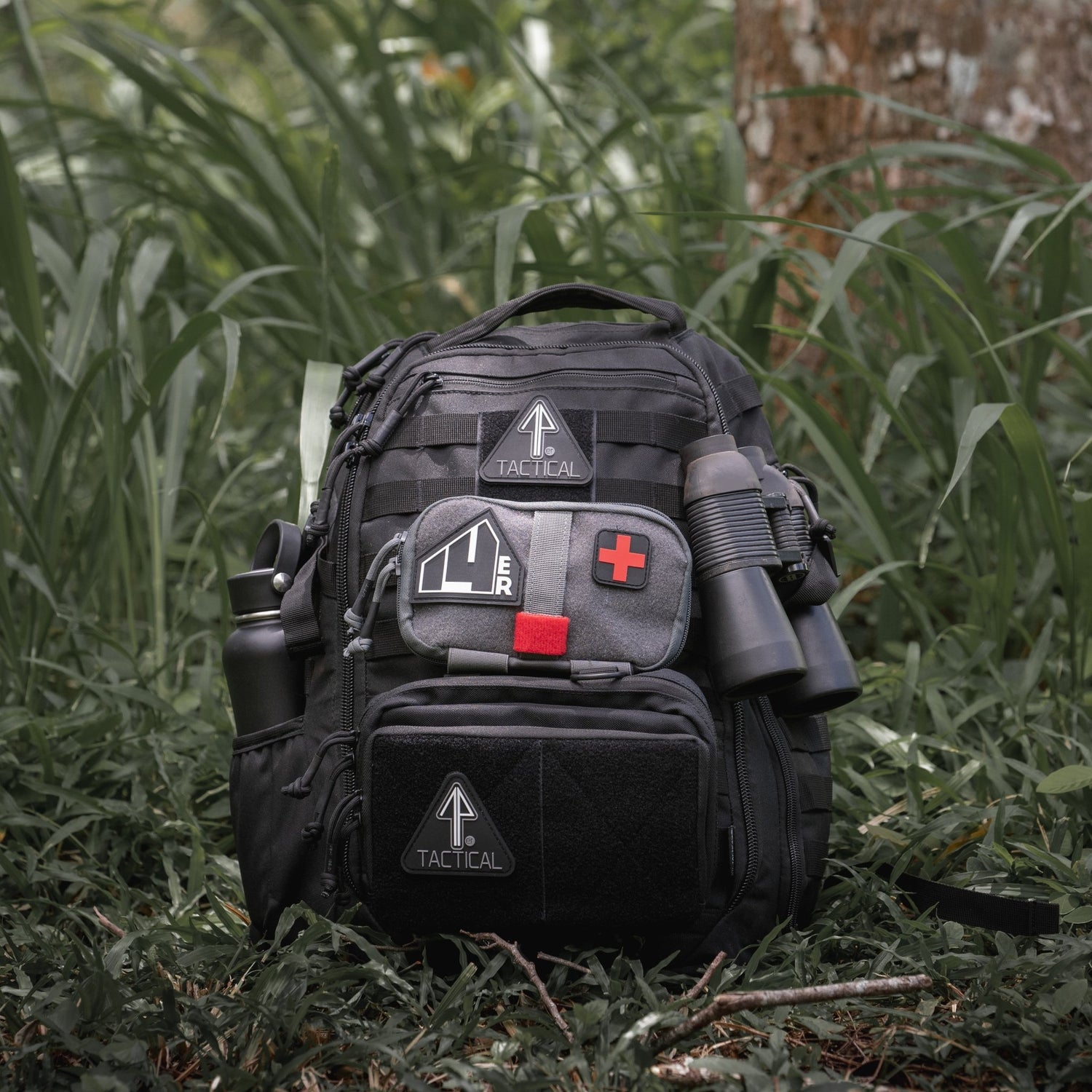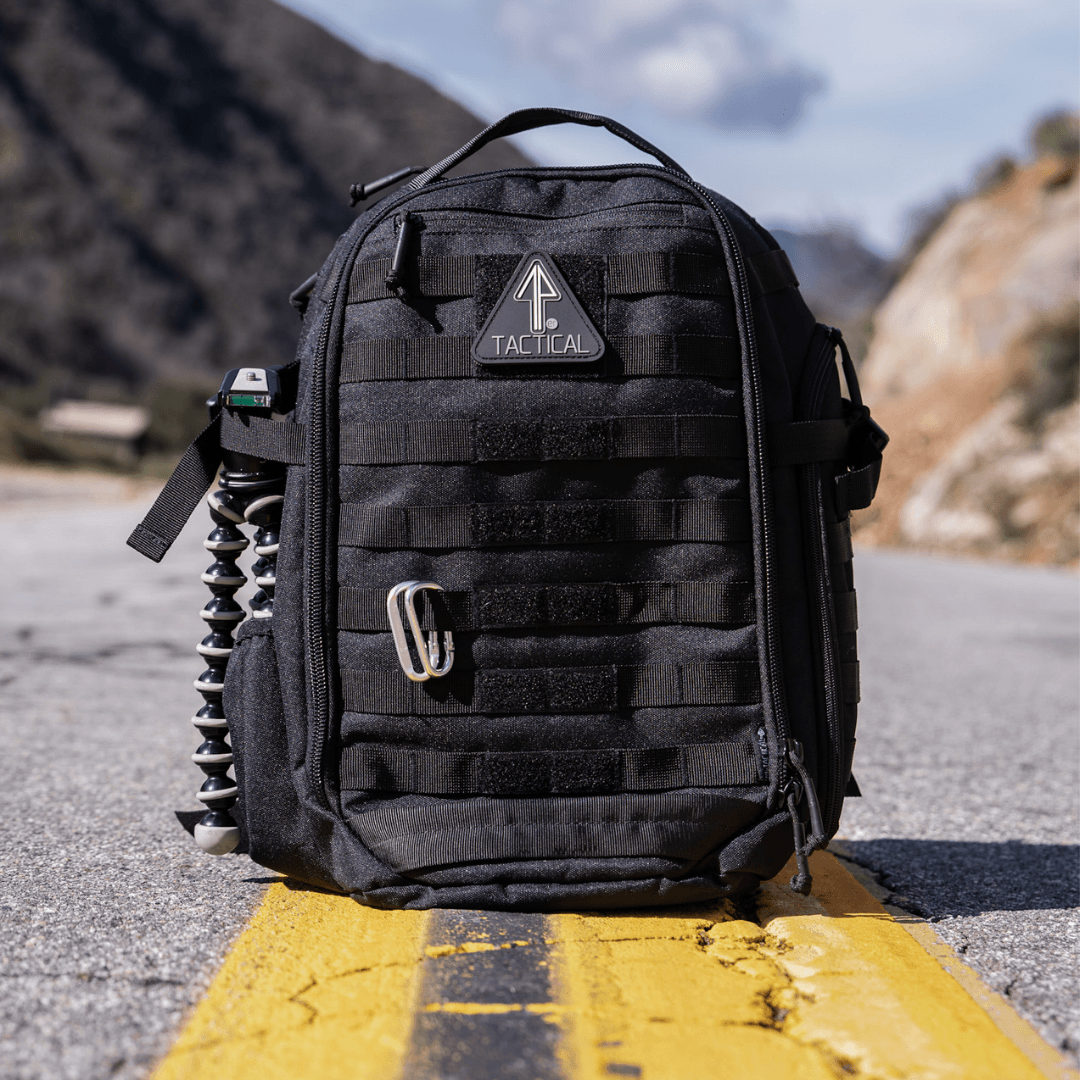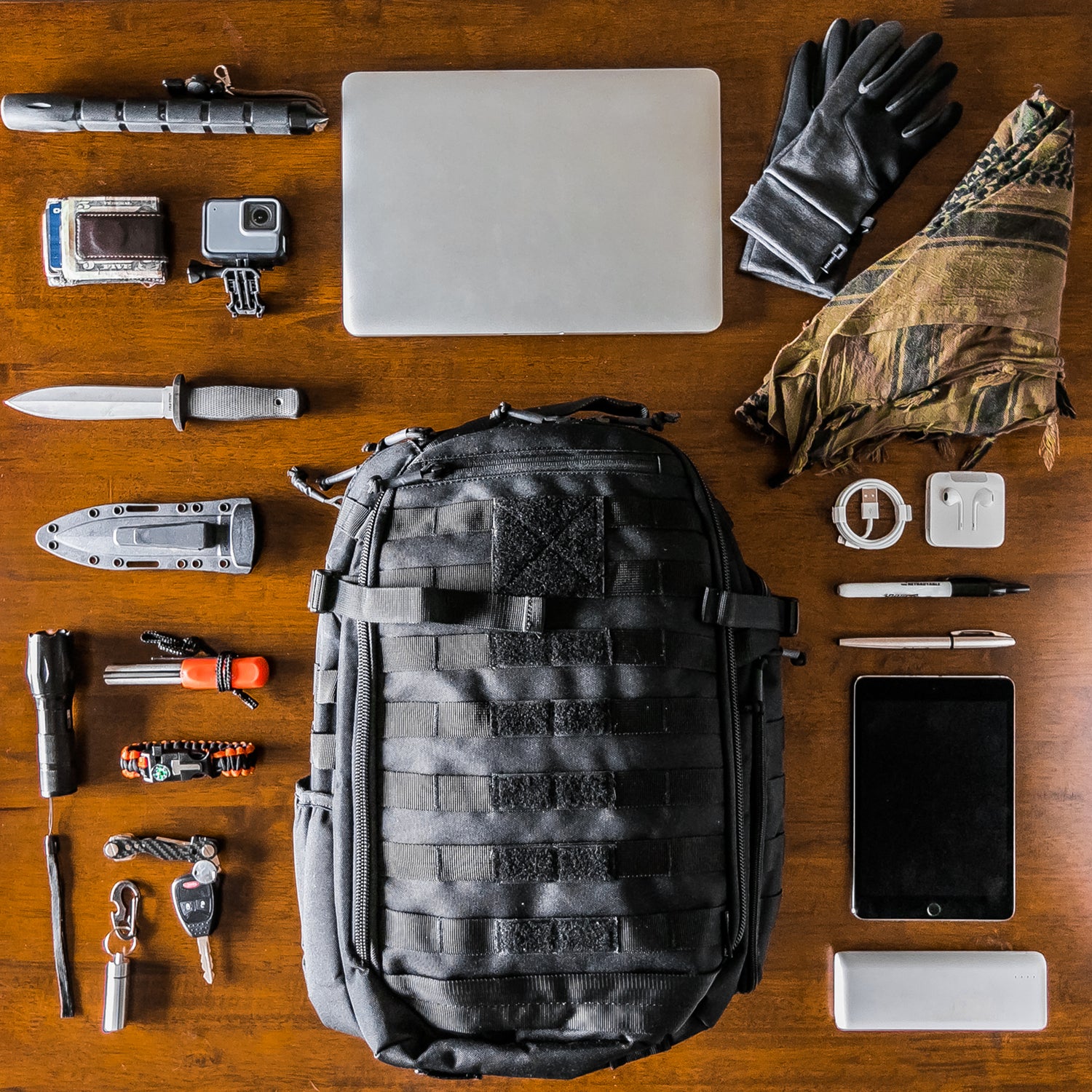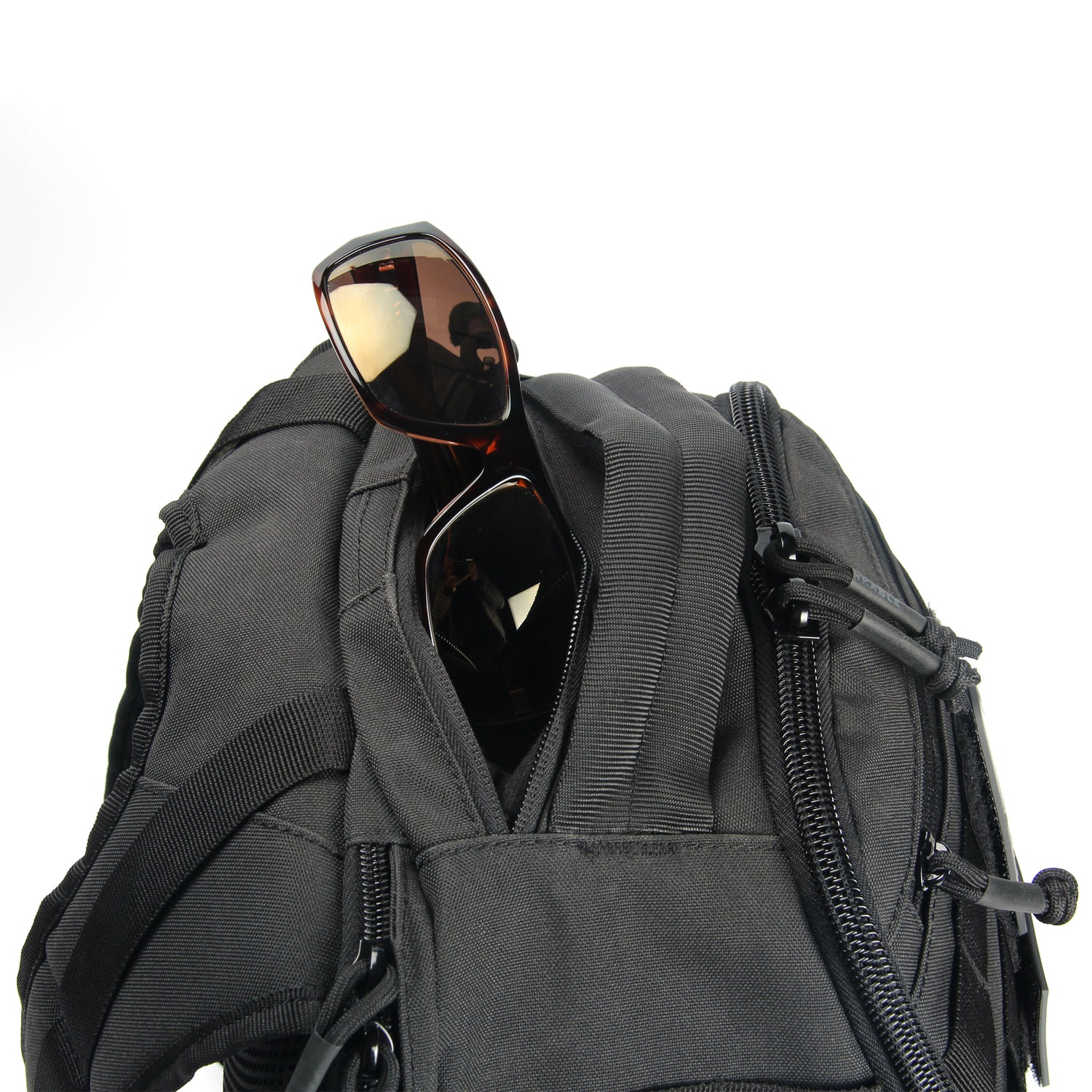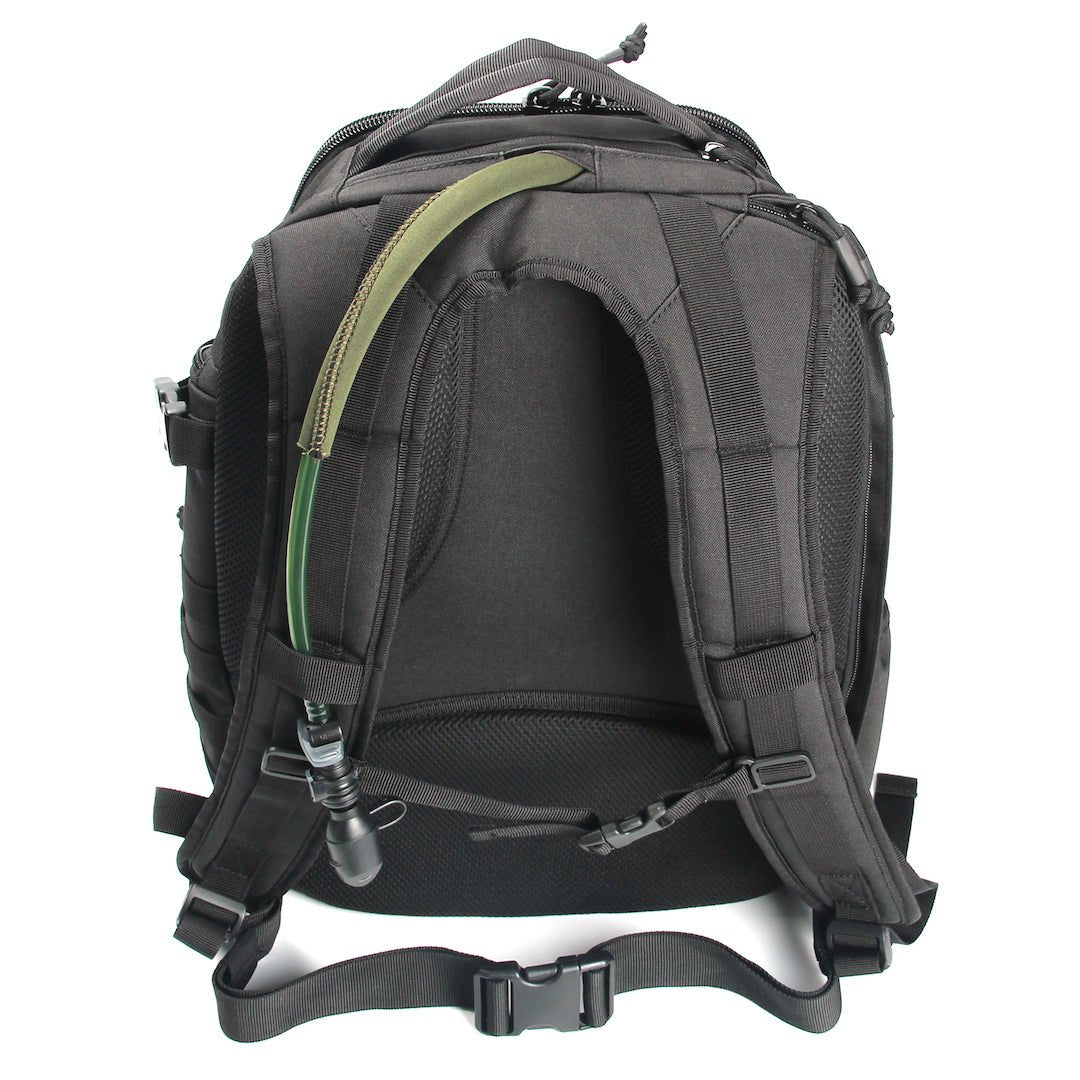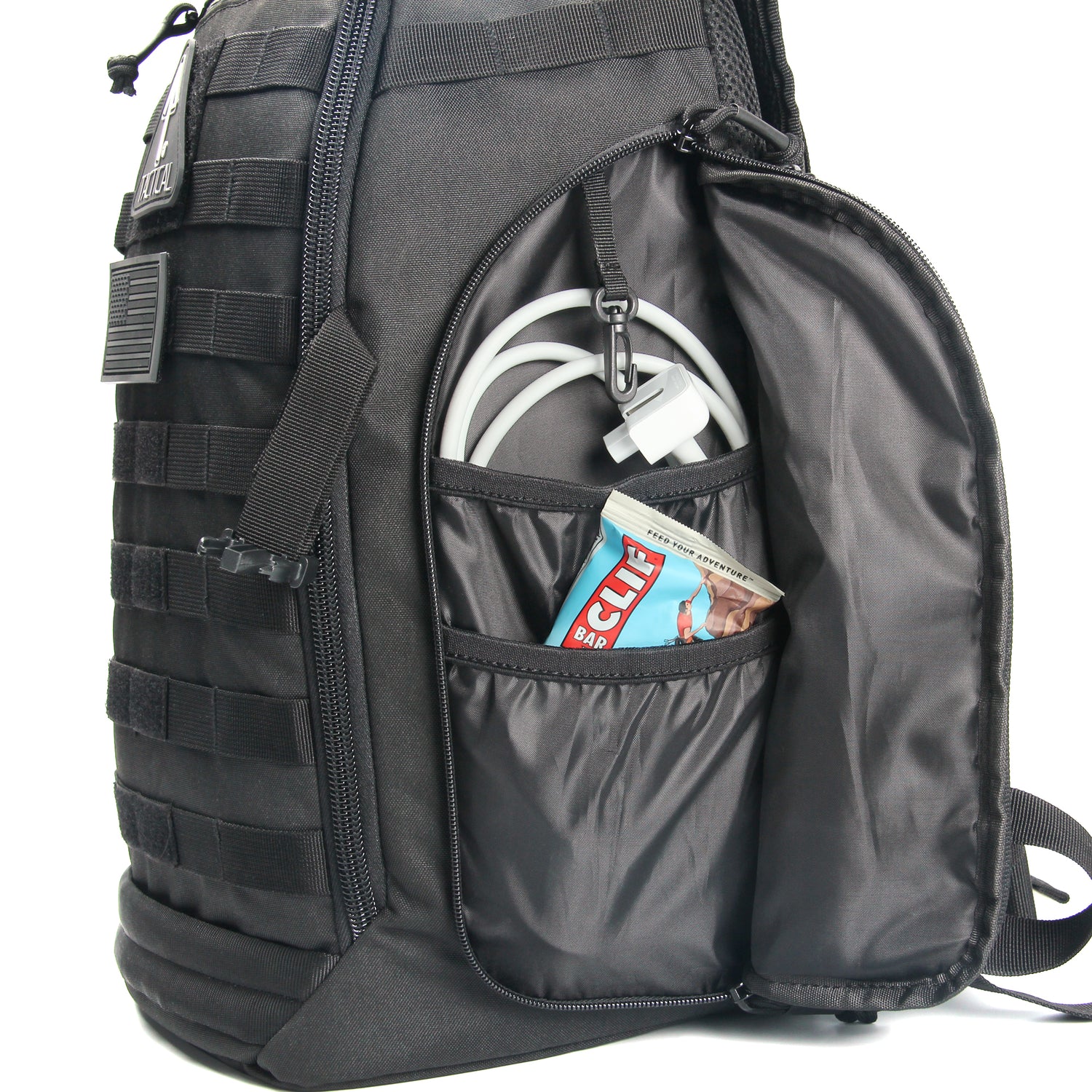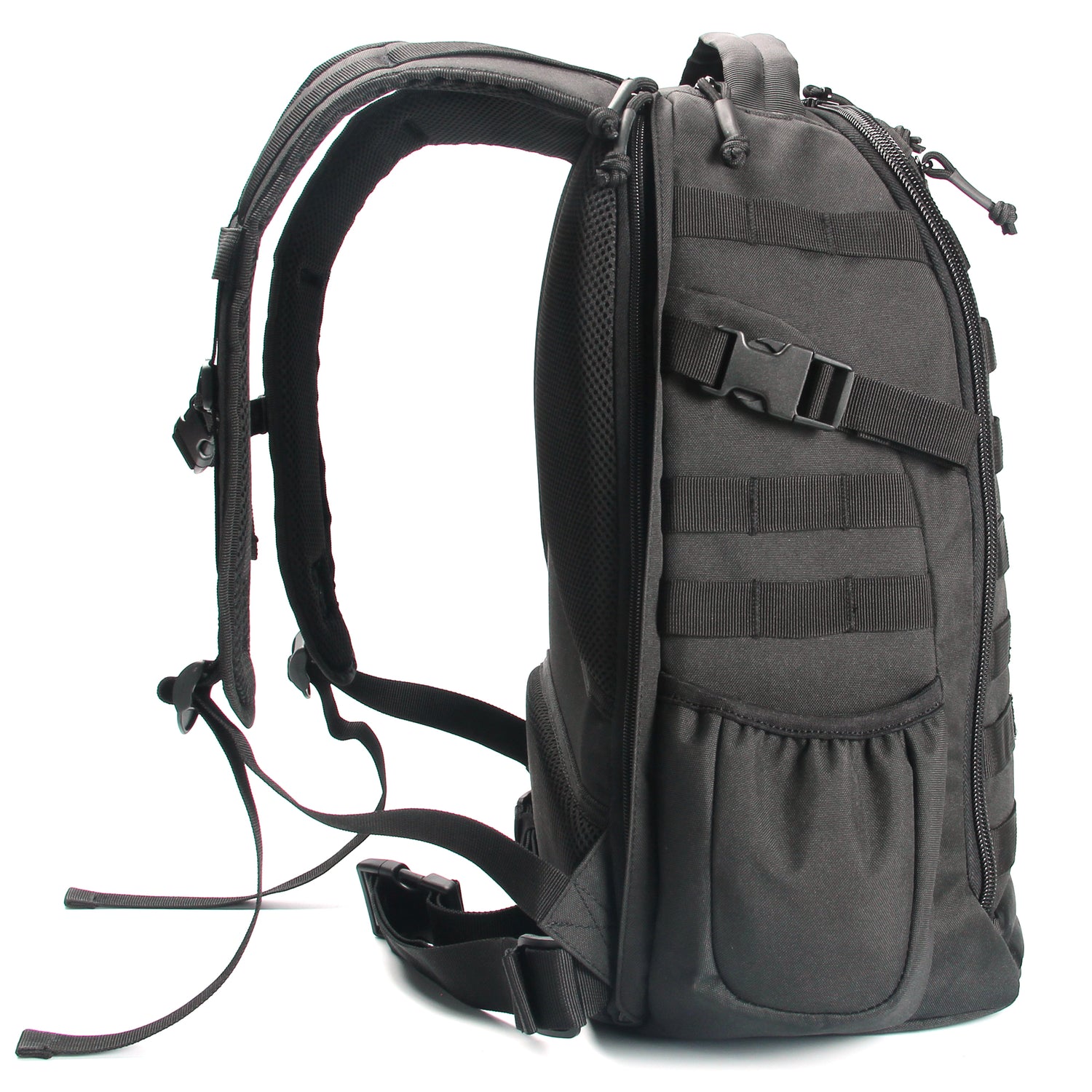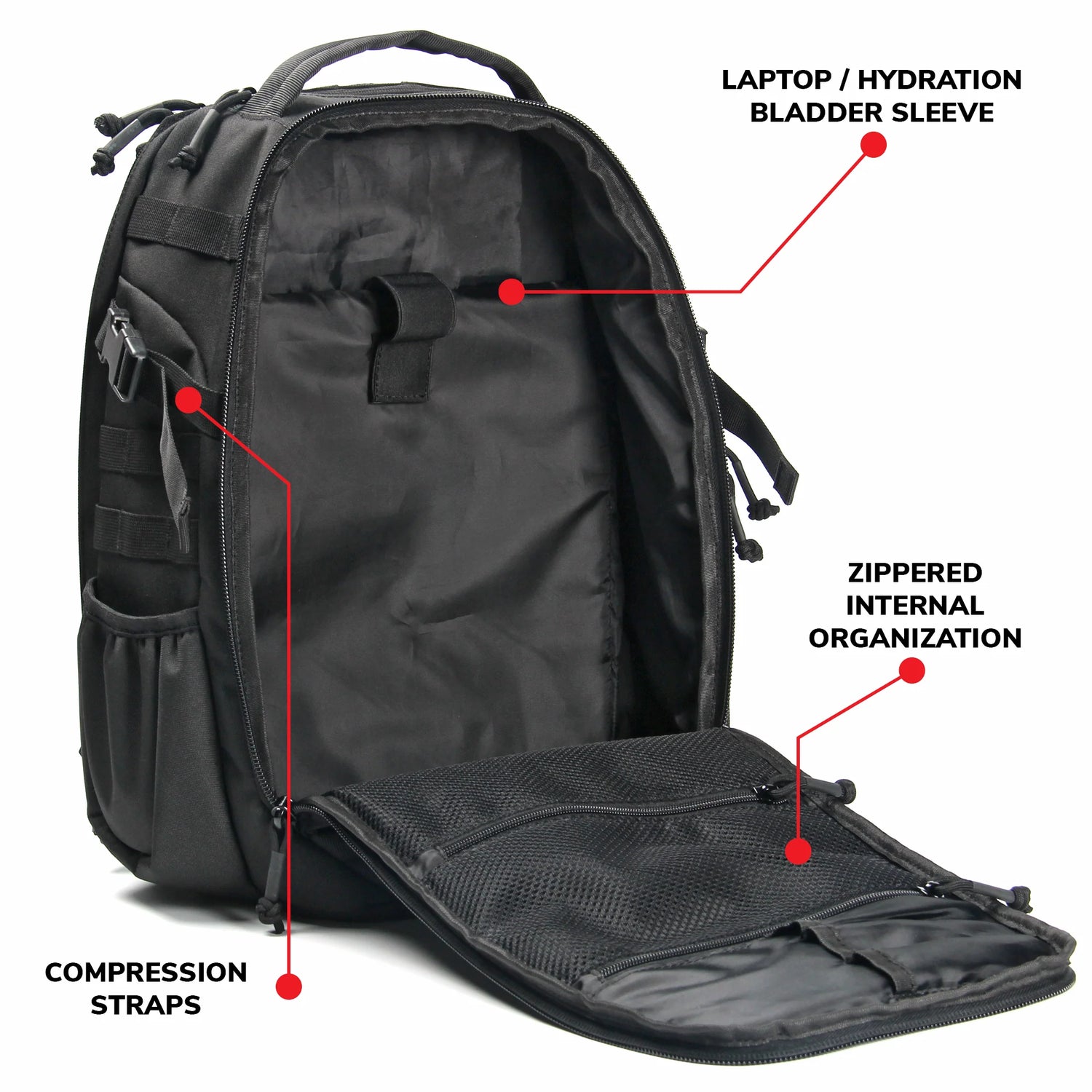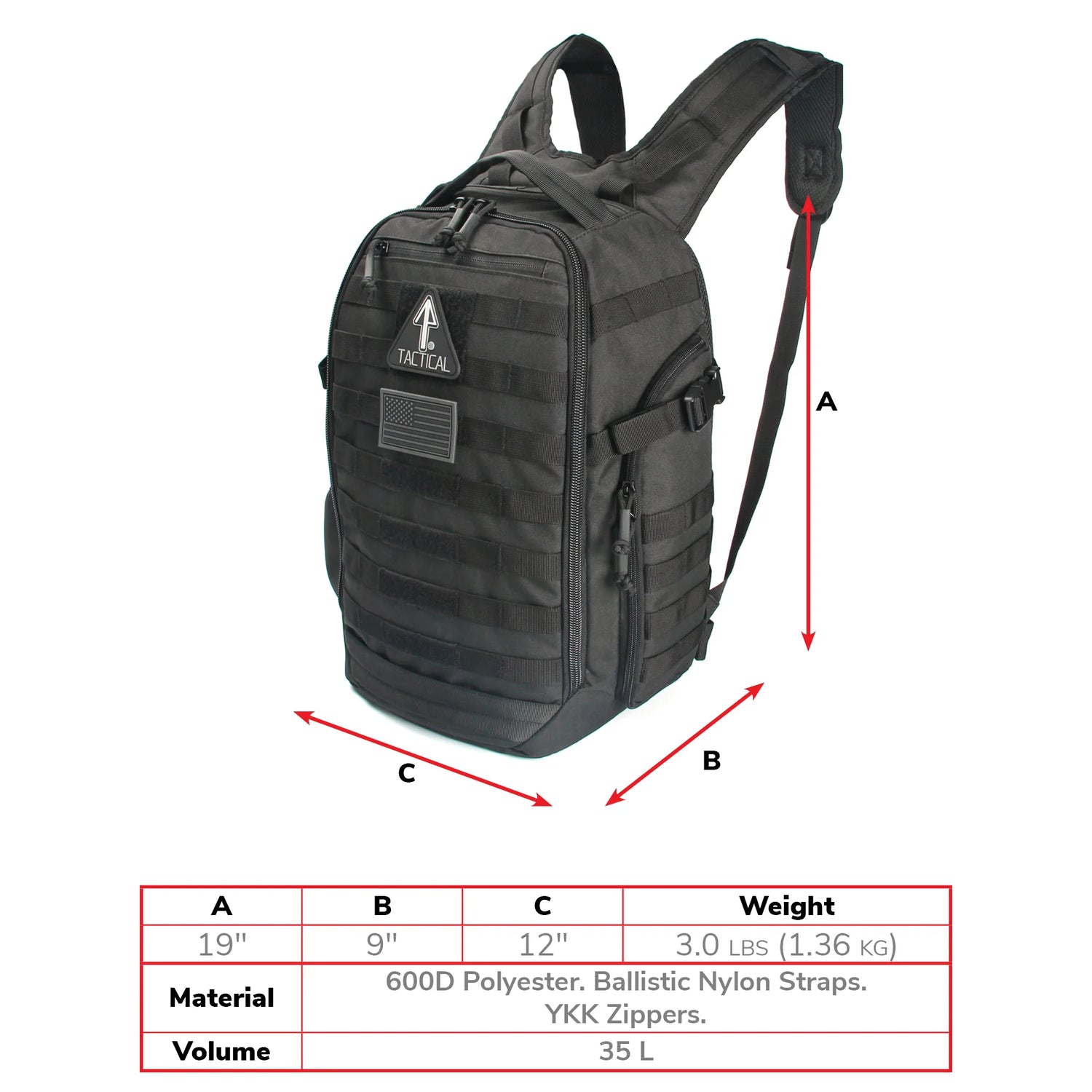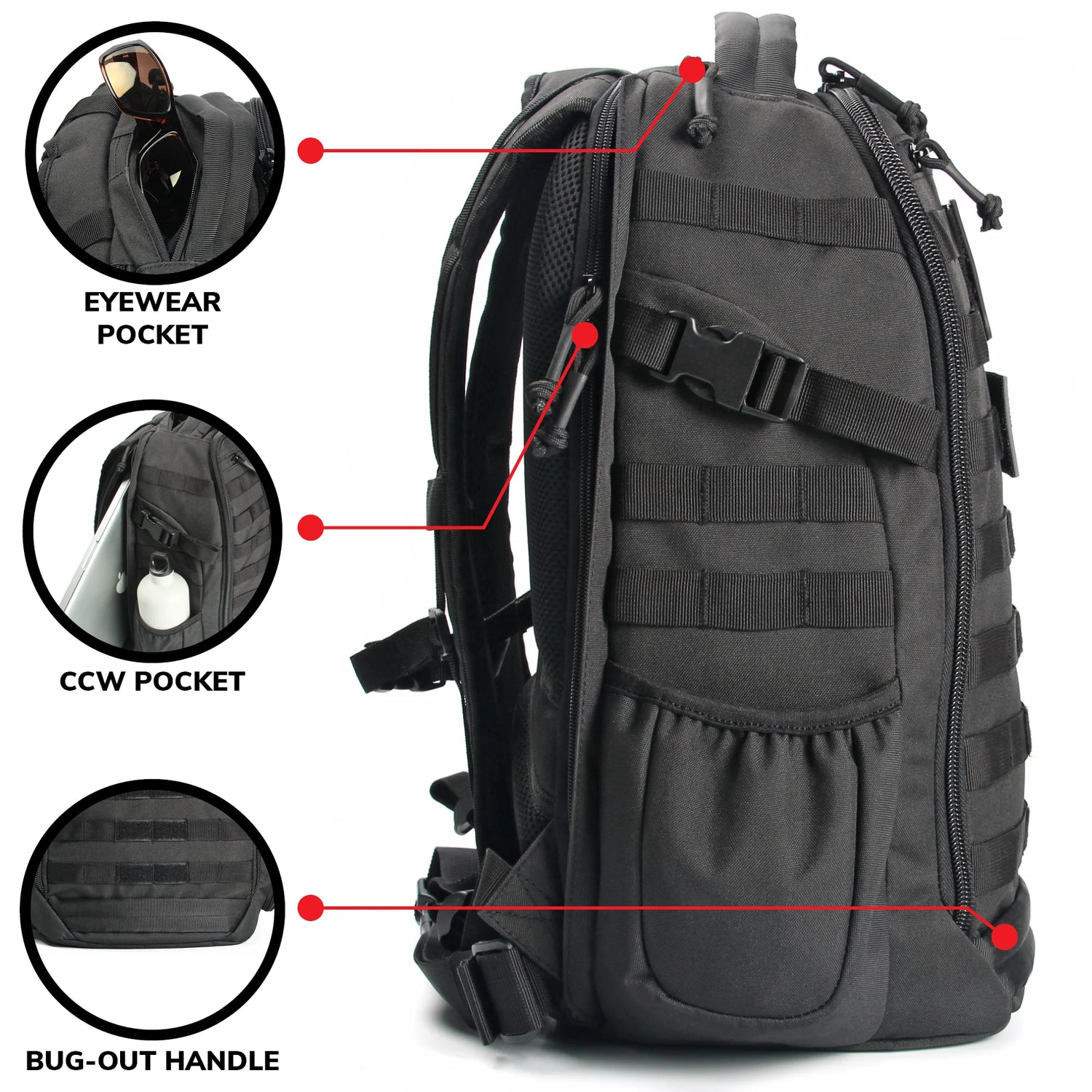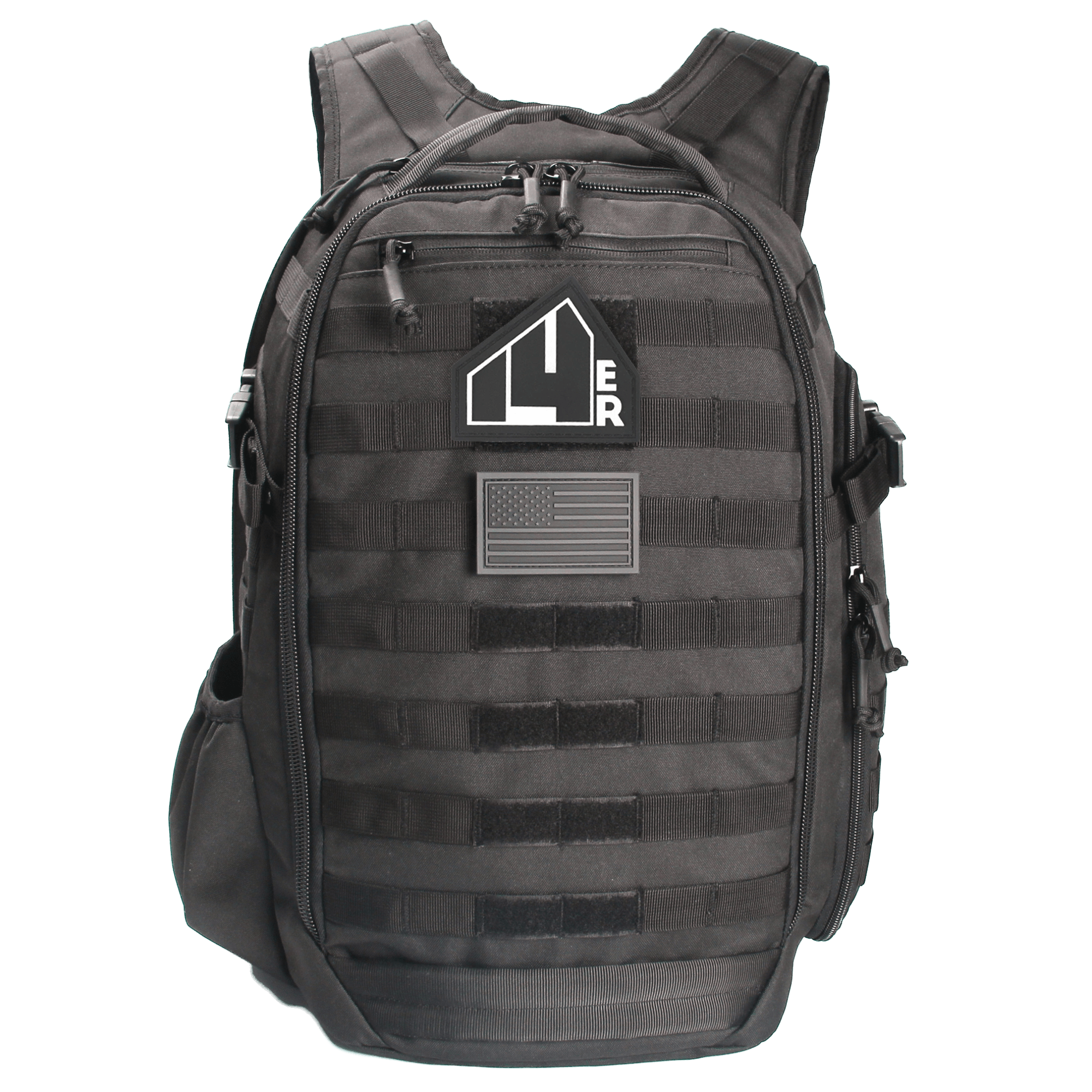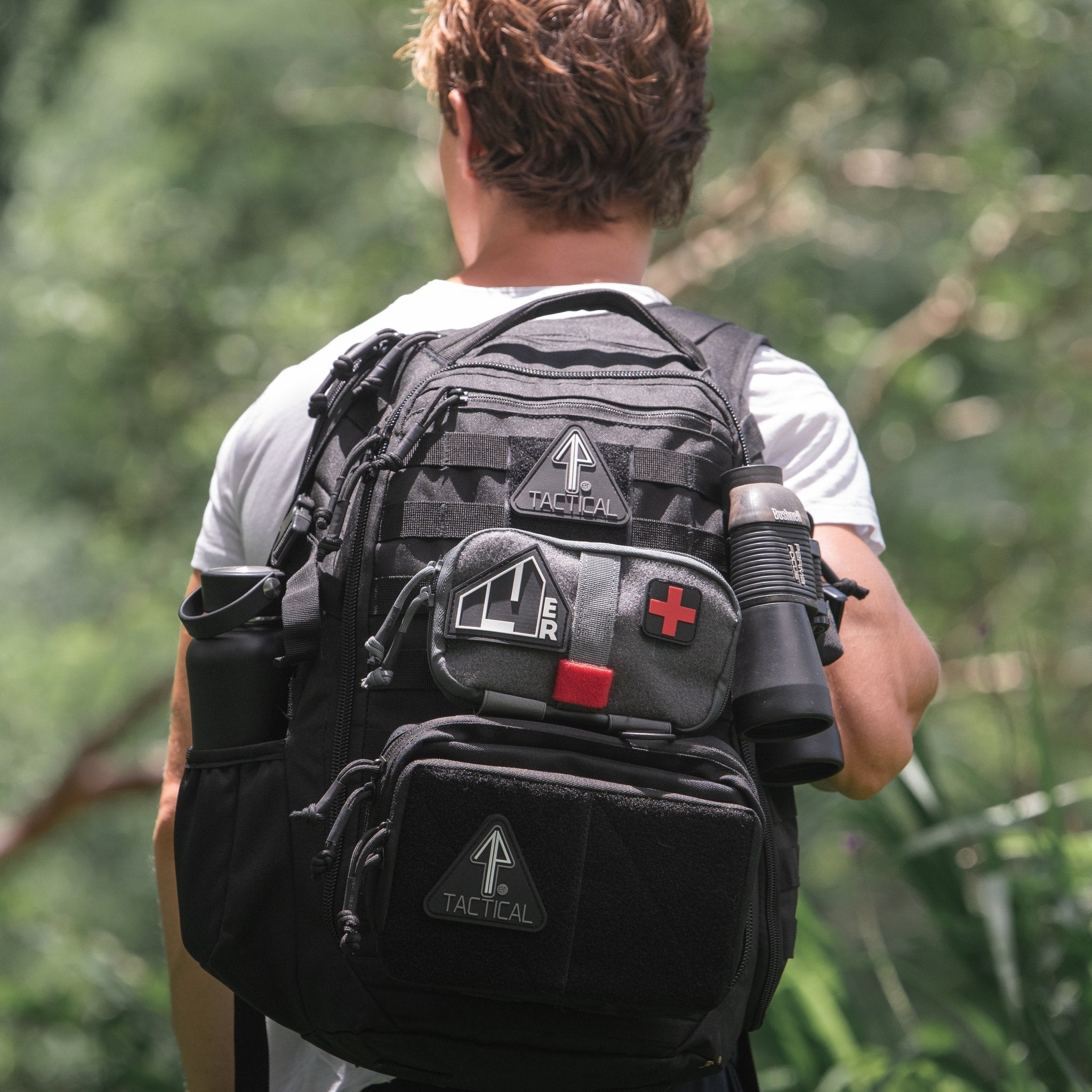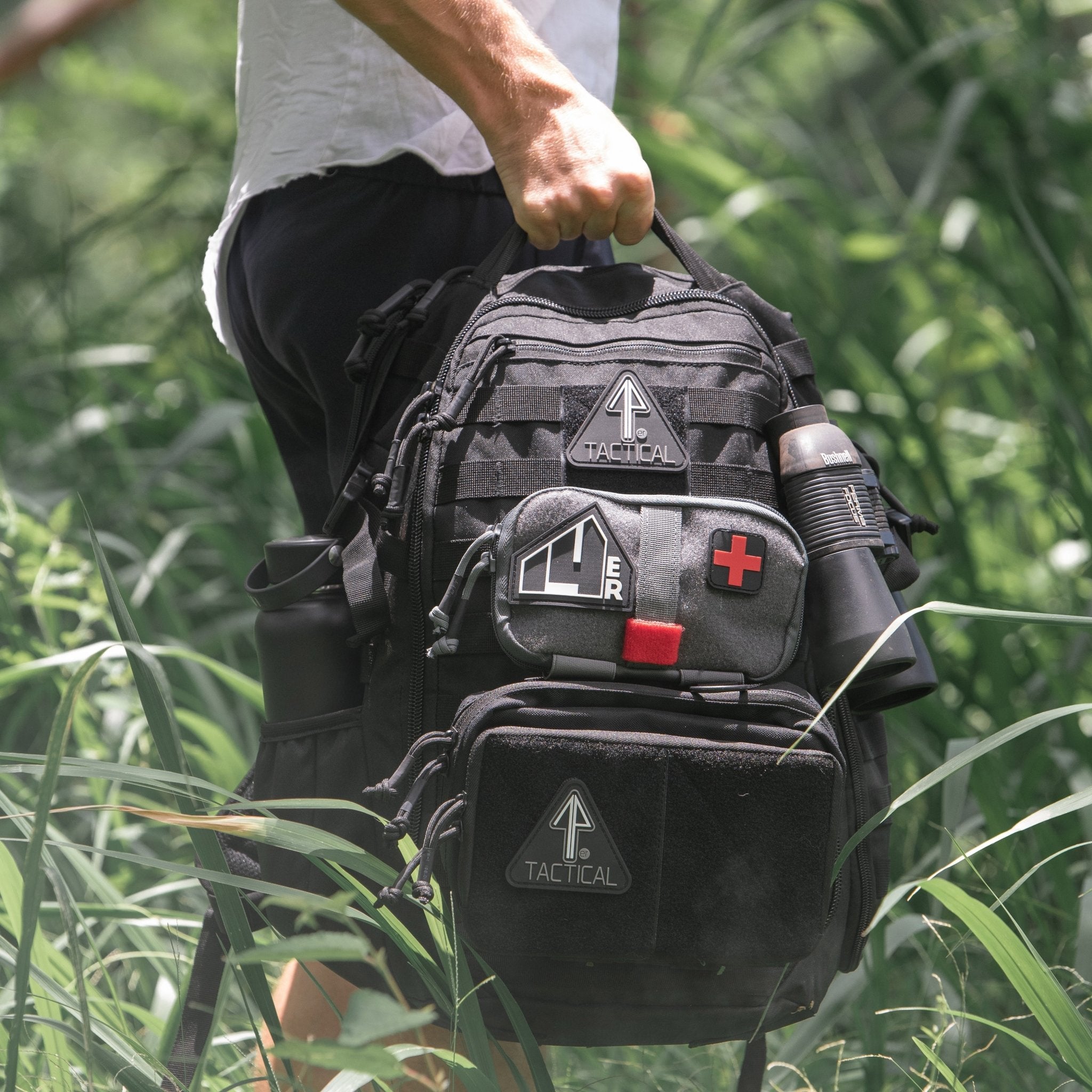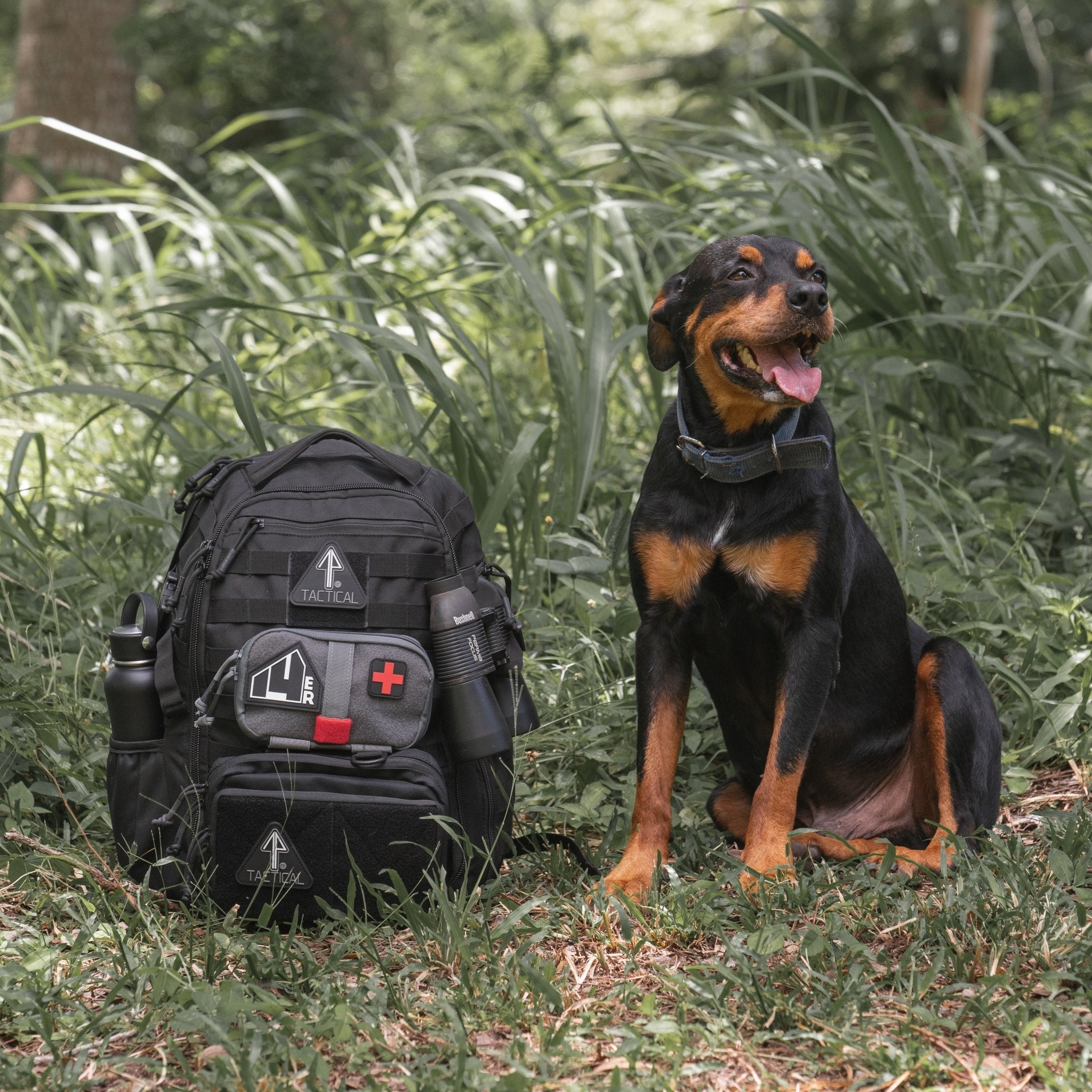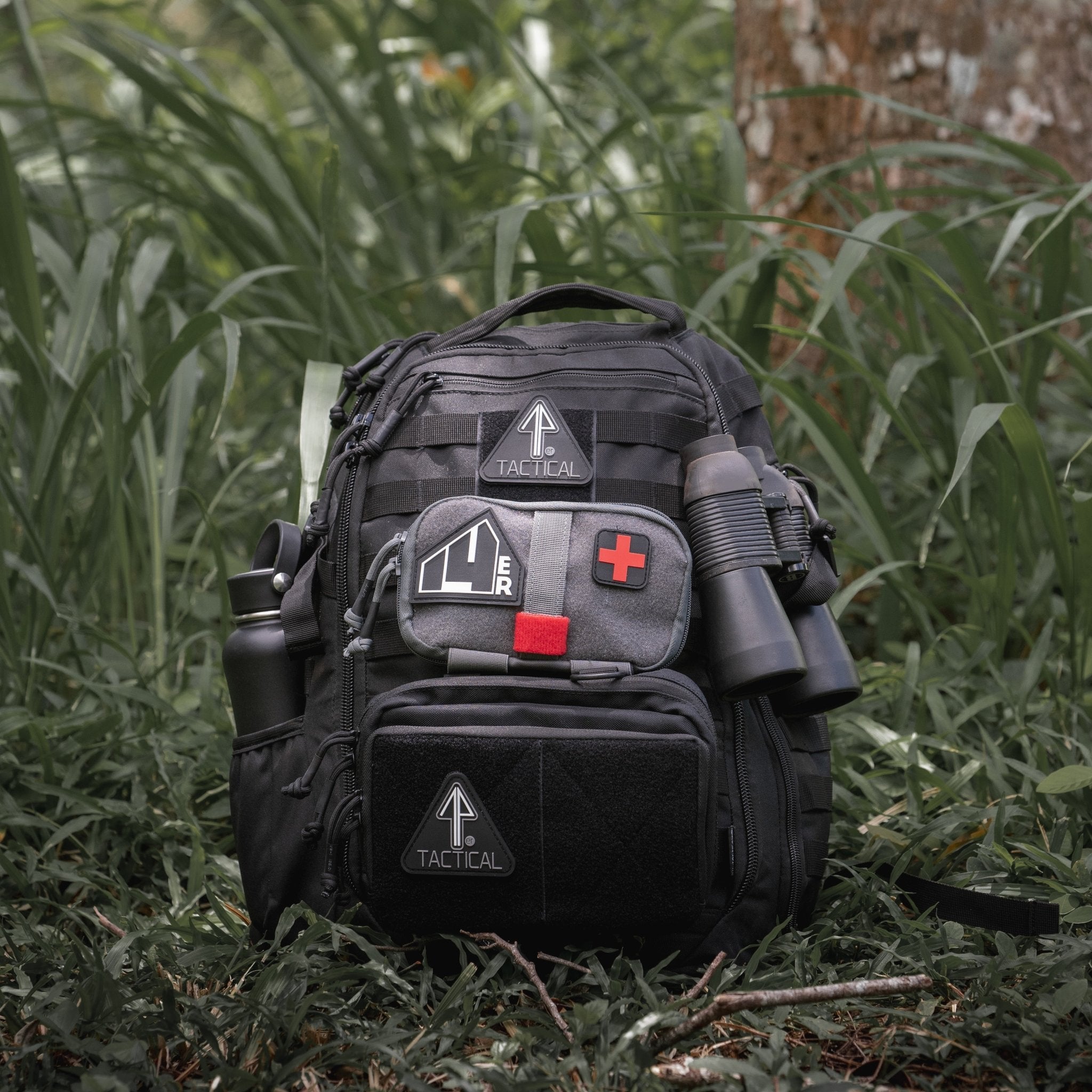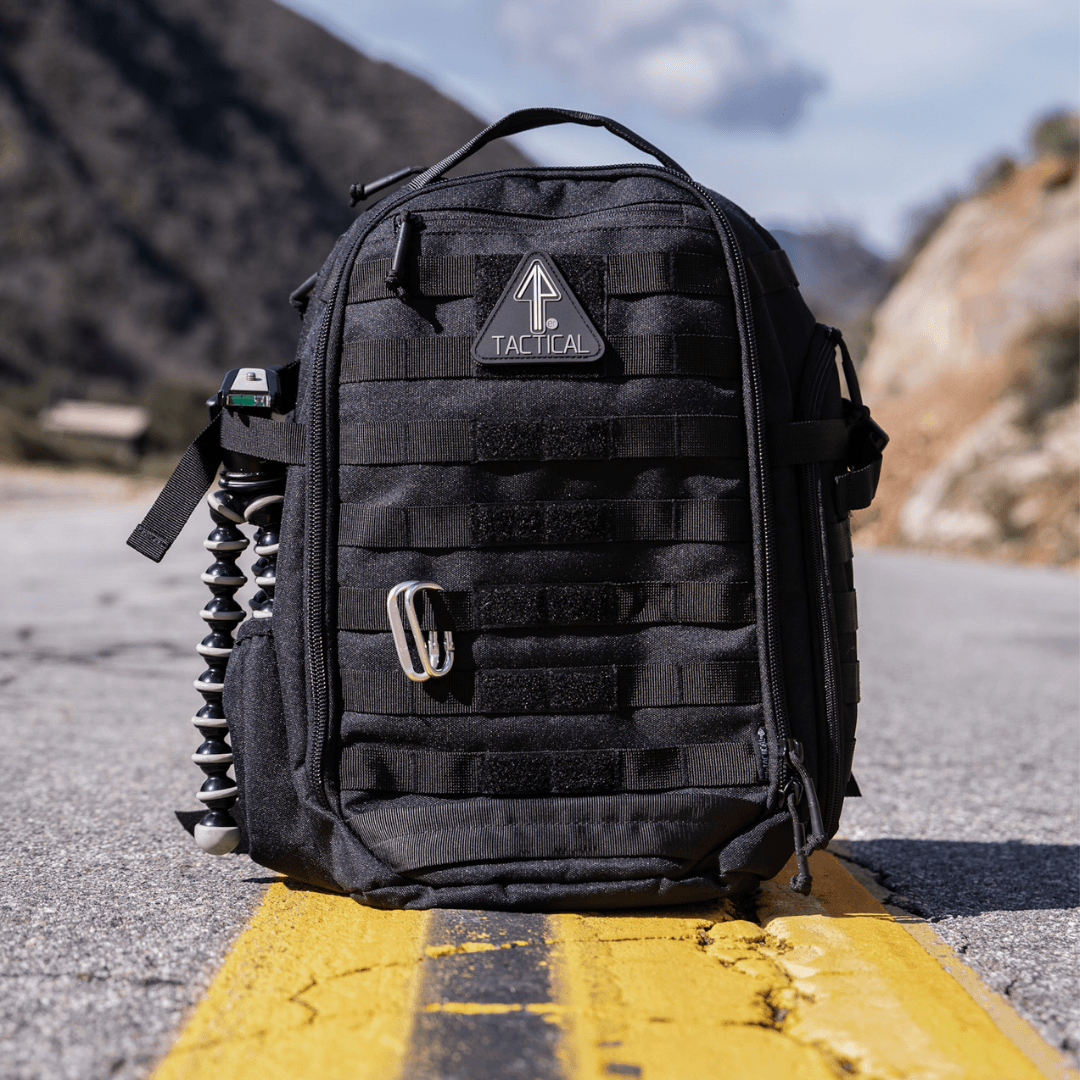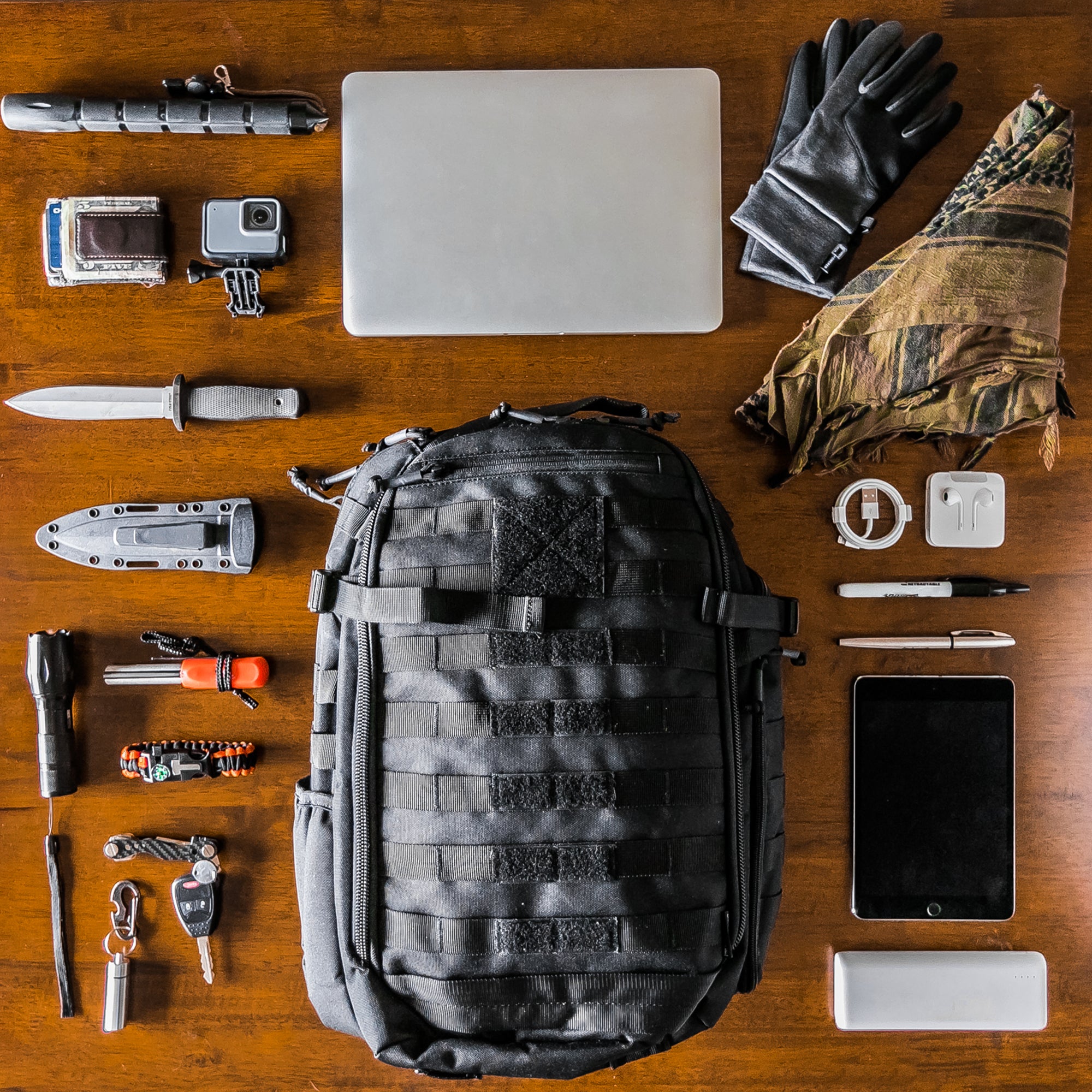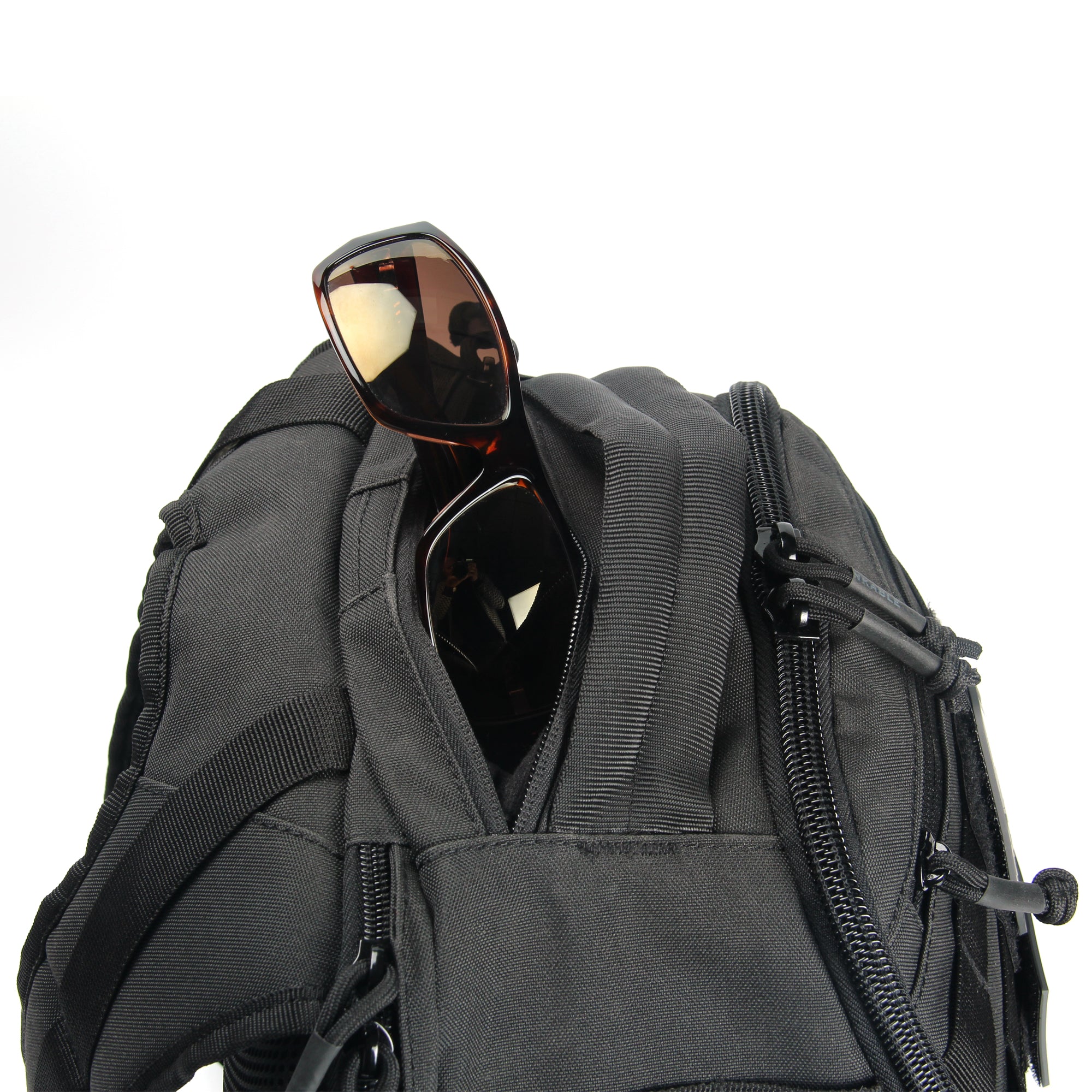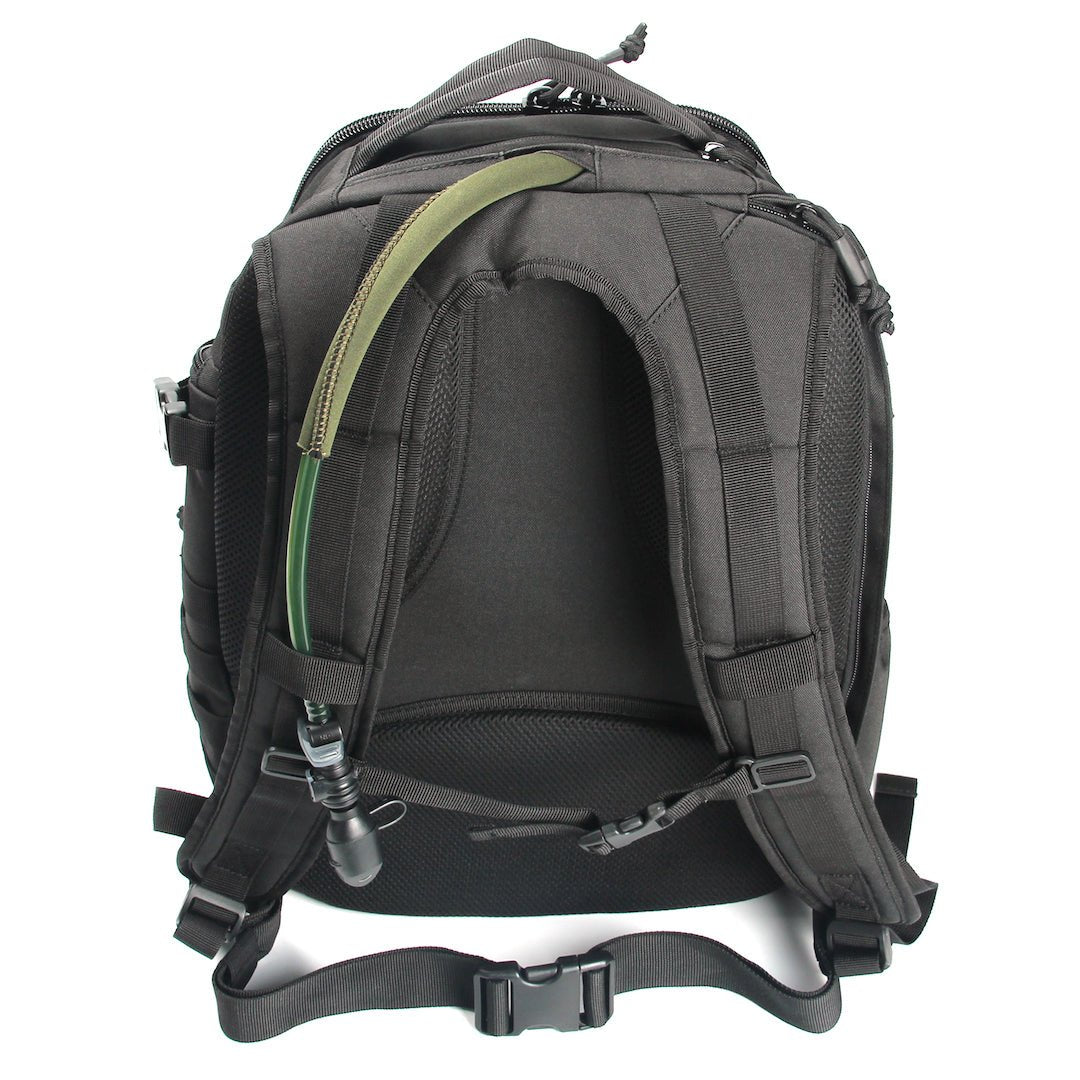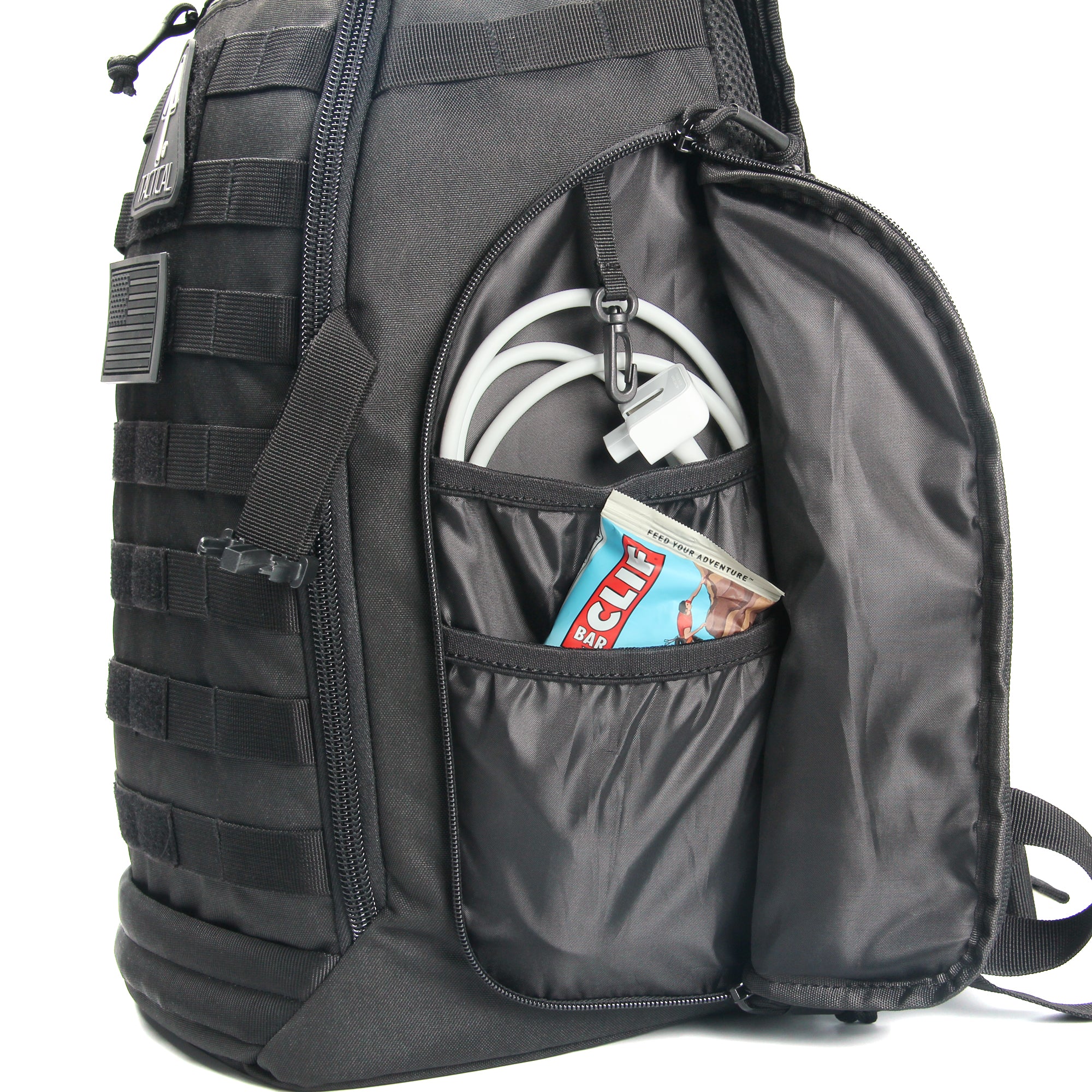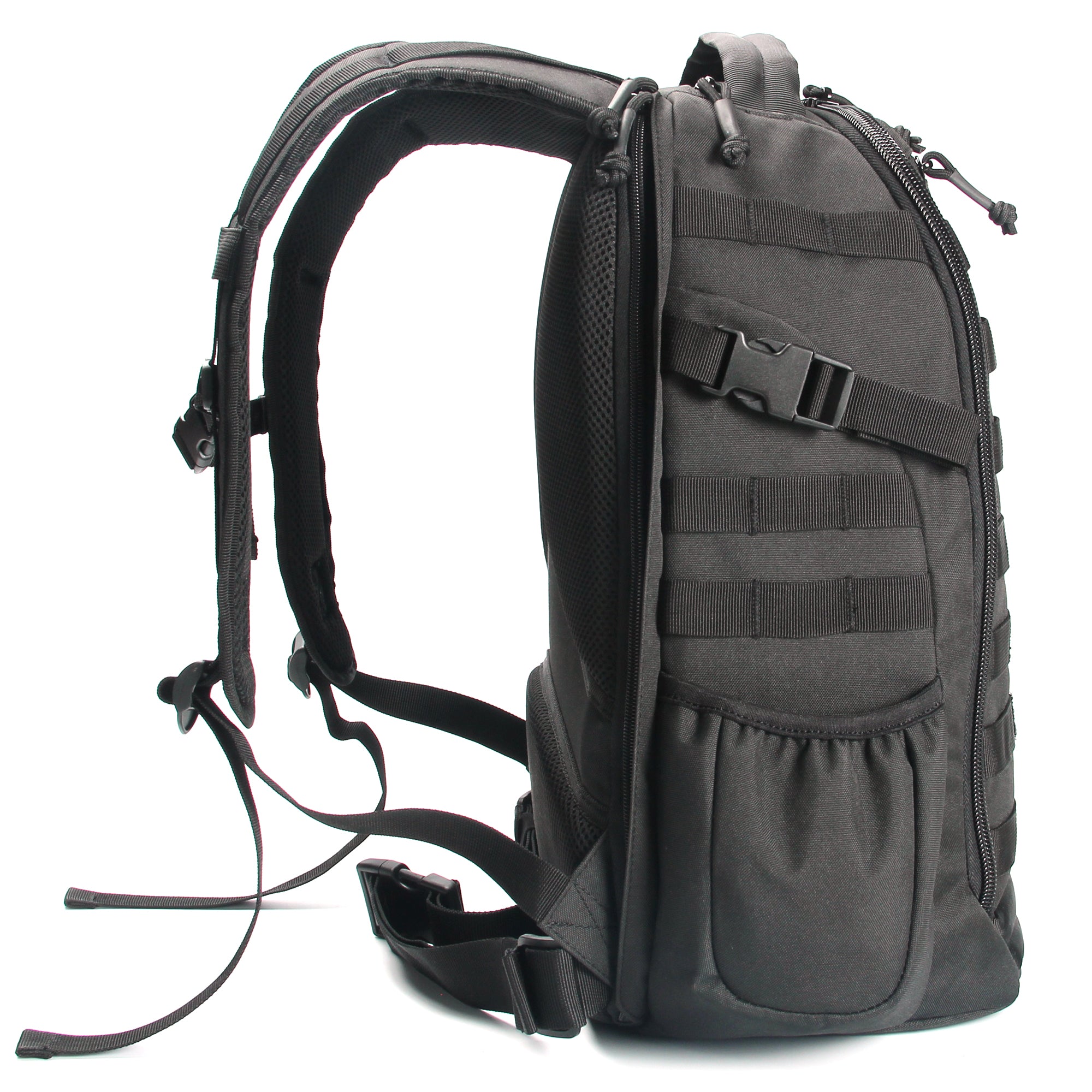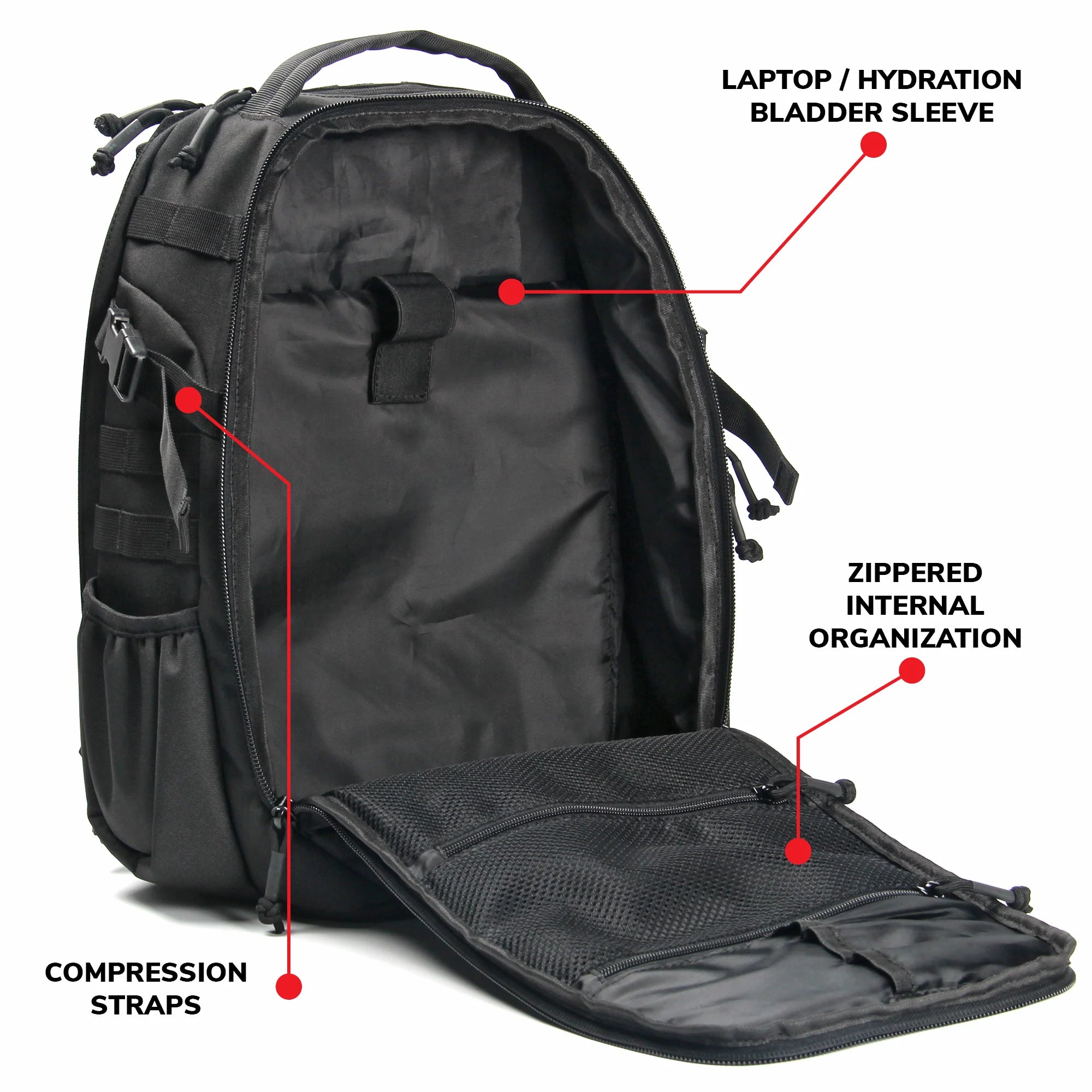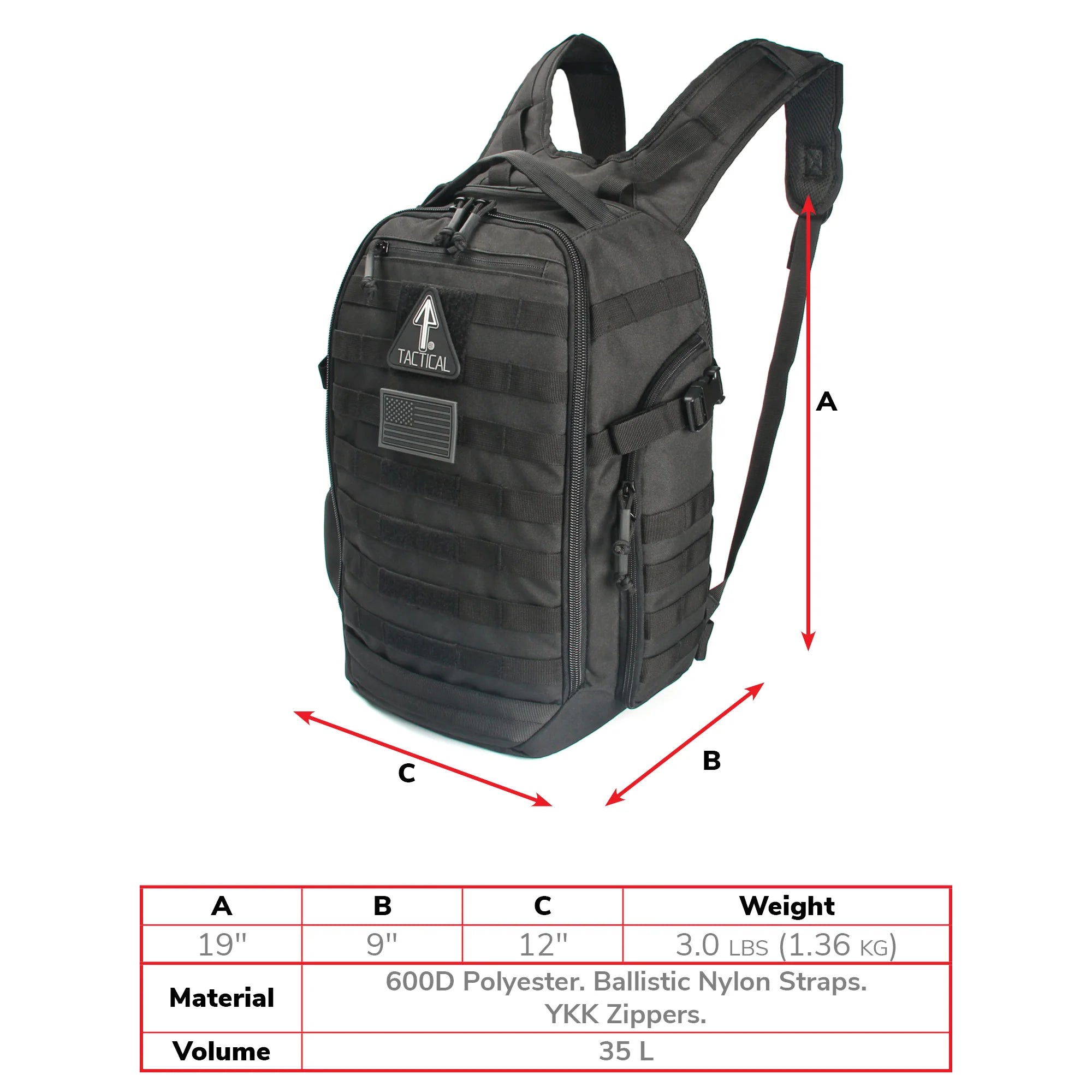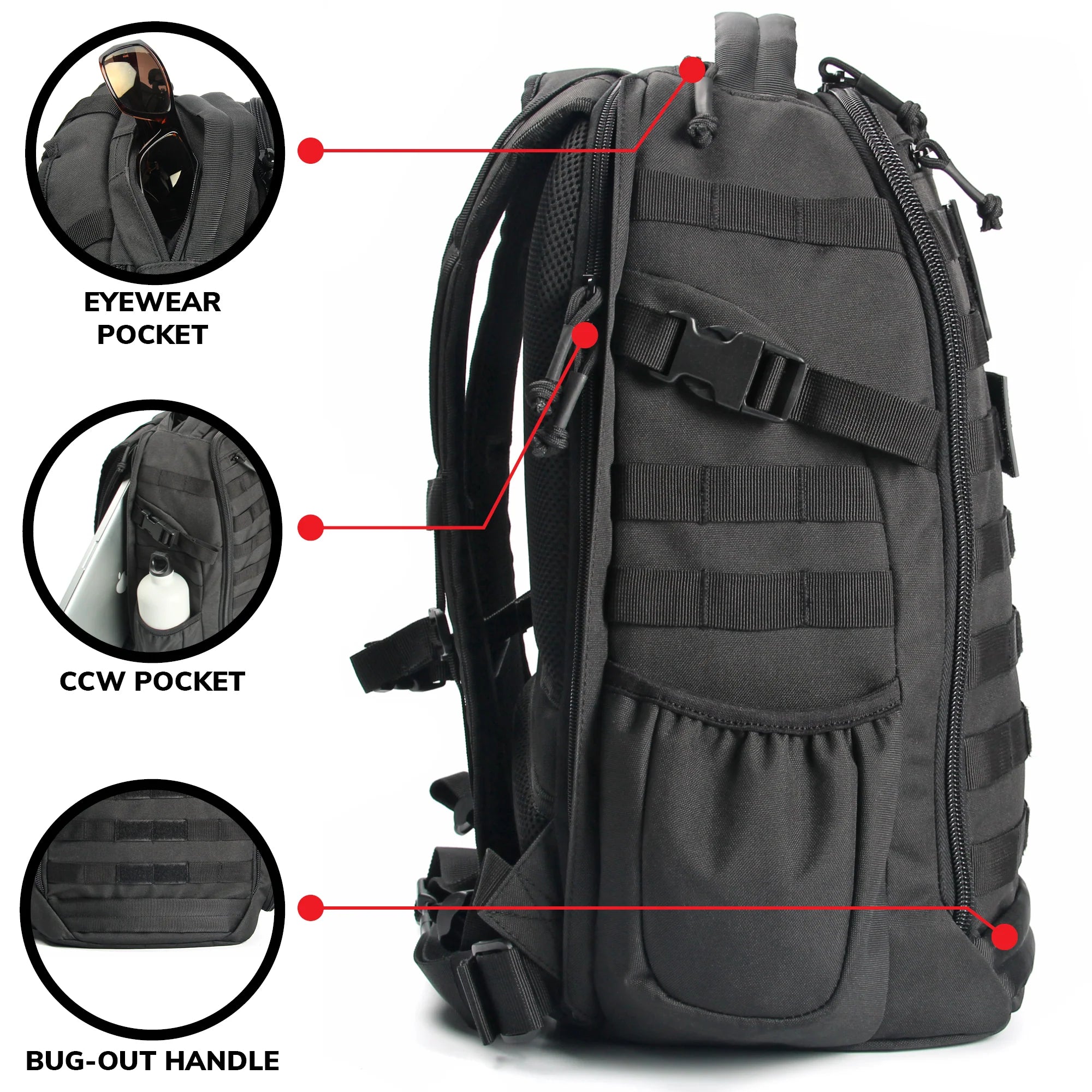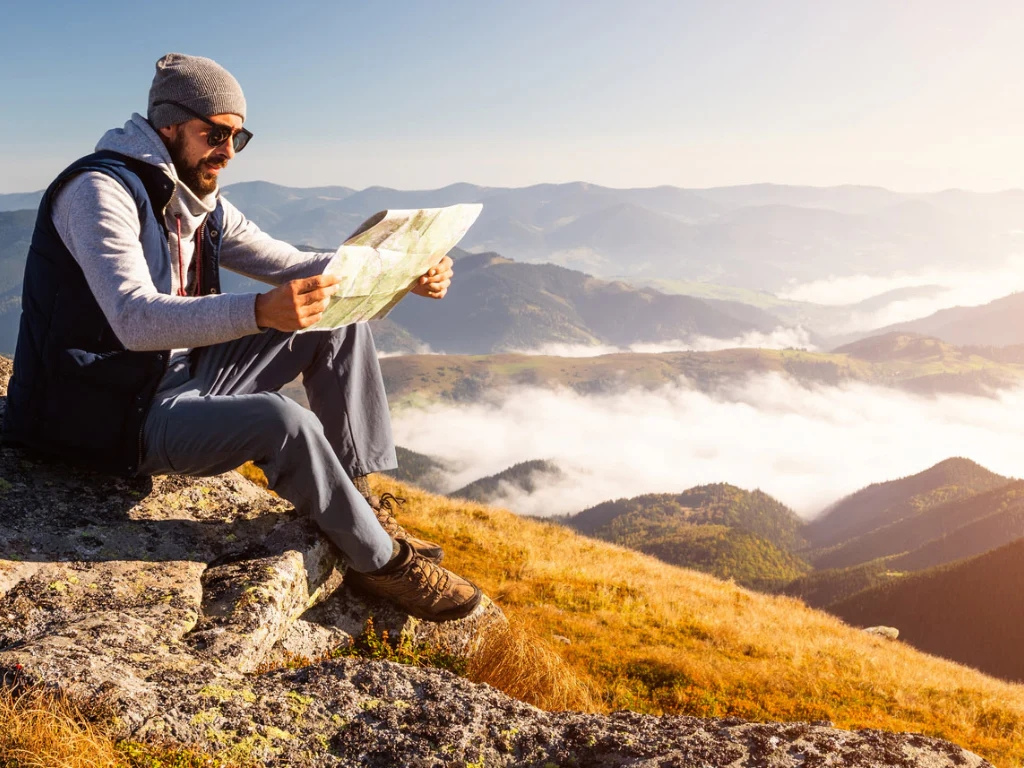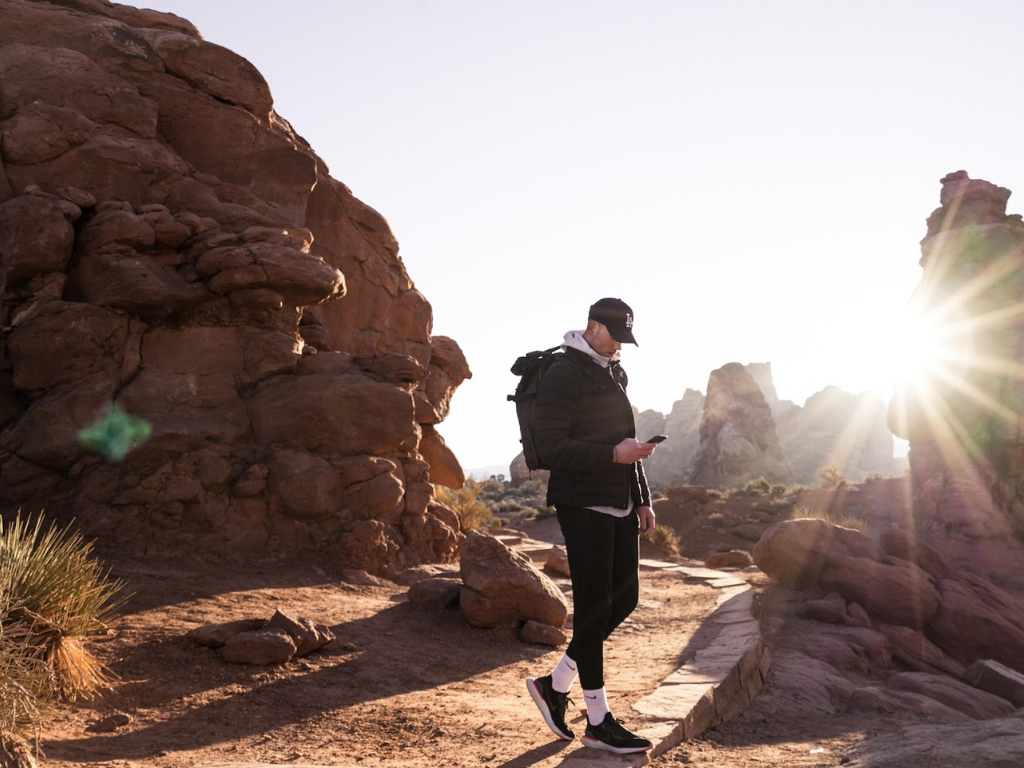
High-altitude hiking: while it’s not quite an extreme sport, it presents a serious endurance challenge. Want to hike the toughest trails? Then you’ve got to test yourself on hikes that will take you over 7,000 feet above sea level!
Of course, if you’re hitting the toughest trails, you’ve got to equip yourself with the toughest gear—tactical gear. We’re talkin’ tactical backpacks, tactical wearables and other survival gear. You’re in luck, coz we’ve put together this gear guide to get you up to speed on the right hiking equipment for high-altitude mountain trekking.
High-Altitude Hiking Tips: What’s It All About?
Gotta start by asking the question, how exactly does one define “high-altitude hiking”? In basic terms, it’s all about elevation. That’s a measure of how far a point rises above sea level. High altitude starts at 4,900 above sea level until 11,500 above sea level. Beyond that, you’ve got “very high altitude” (11,500 – 18,000 feet) and “extreme altitude” (18,000 feet and higher).
However, another way to look at “high-altitude hiking” is in terms of atmospheric conditions. As you reach greater heights, the oxygen level decreases, which puts greater demands on a hiker’s body. Somewhere past 7,000 feet above sea level, the air begins thinning to a greater and greater degree. It is at that point where some climbers begin to experience difficulty catching their breath.
Depending on the location you go mountain trekking, high altitude can subject you to extreme conditions of terrain, climate and weather. You’ll be exposed to cold temperatures and also to excessive solar radiation. The landscape can become harsh and relatively barren. Finally, altitude sickness becomes a very real possibility. These issues can be overcome by a seasoned climber. But it’s always good to be aware of what you’ll be facing. Check out these hiking tips on how to trek at high elevations without getting altitude sickness.

Essential Gear Guide for High-Altitude Mountain Trekking
Having the right gear can make a big difference. This can help you avoid a trek of grueling misery and ensure that you experience a tough but rewarding climb. Ideally, you’ll want tactical gear for this kind of outdoor adventure. For all intents and purpose, tactical gear is equivalent to the gear used by military and law enforcement—and every bit as durable and functional!
Tactical backpacks will serve you well on your high-altitude adventure. You can expect a tactical backpack to be of high-grade construction that can withstand the rigors of a mountain trek, along with the harsh climate conditions. Tactical backpacks also offer modularity—you can configure the backpack as you like, adding more pouches and compartments to properly suit your needs.
Tactical wearables will support you in enduring the hiking challenge. A cold weather jacket along with tactical pants, hat and gloves will lock in your body heat, keeping you warm at those high elevations. Layered clothing will give you an additional level of protection and comfort. So be sure to bring enough tactical wearables to allow for layering.
Sturdy footwear matters a lot. You will absolutely want tough yet comfortable boots. Having your boots fail you while mountain trekking is a recipe for disaster!
Gear Guide to Navigational Tools and Technology
Your hiking equipment should include all of the essentials for ensuring that you survive. That includes a set of navigational instruments. Knowing and tracking your location is vital from a tactical viewpoint as well as an outdoor survival perspective. You’ll want to know how far you are from the start and end points of the trail at all times. This is information you’ll need to determine how long and how hard you’ll push yourself, when and where to take a rest, and when you might need to turn back or even seek rescue.
A compass is one of the hiking essentials. It’s a light and handy navigational tool that doesn’t need batteries. Some hikers do prefer to bring more advanced hiking equipment, such as a GPS tracking device. Maps are important as well. Always get a map of the trail area when you go high-altitude hiking.
To power any technology you bring, you’d better pack solar chargers. They’ll power not only your GPS tracker but your mobile phone and other devices (like music players).
And yes, it’s good to have a cellular phone on you, as well as an alternative communication device in case the network signal gets weak. That means a satellite phone or shortwave radio. If you run into trouble somewhere above 7,000 feet, you’ll be glad to have a means of communication.

Survival Gear for Emergency Situations
Every tactical hiker needs to be prepared for a medical emergency on a trek. While it’s good to have a communication device, you’ll also want to have some medical supplies on hand. A first aid kit should be included in the hiking essentials you pack. To ensure speedy deployment, keep the first aid supplies in an IFAK pouch that’s clipped or strapped to your tactical backpack. And check out these hiking tips on packing a first aid kit for outdoor adventure.
When you get to high-altitude elevations, you should be able to handle yourself just fine as long as you are fit and prepared. That said, it’s a good idea to carry bottled oxygen in case of an emergency. You can probably avoid getting altitude sickness, but if it does hit you, the bottled oxygen will be a real lifesaver!
Your survival gear should also include an emergency shelter: at minimum, a tent and a space blanket. Ideally, you’ll want to bring a sleeping bag to ensure that you’ll get a good rest. That’s the way to keep your strength up!
Up in cold, high-altitude environments, you’ll want to get a fire going at times. If you’re expecting to be on the trail overnight, then a fire is absolutely necessary. Pack a couple of fire starting tools. You might also want to learn how to start a fire when you have no tools at hand.
Also check out this 14er Tactical guide to the hiking essentials to pack for your adventure.
Preparing for High-Altitude Mountain Trekking
While you definitely need to get your tactical backpacks and other gear ready, you can’t neglect the other aspects of preparing for the hike. For high-altitude hiking, you’ve got to be in good physical shape. You’ll benefit greatly from endurance training and aerobics training (which teaches you how to handle shortness of breath). If you can make some acclimatization trips at high elevations, that will increase your physical readiness wonderfully.
You should also start setting your sights on bigger challenges. Start thinking about conquering your first 14er peak. These are mountains that get up to 14,000 feet and higher! Every tactical climber thinks about trekking these beasts! Once you’ve had some experience hiking at high elevations, you can definitely count on a 14er climb for a future outdoor adventure.



